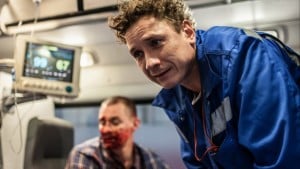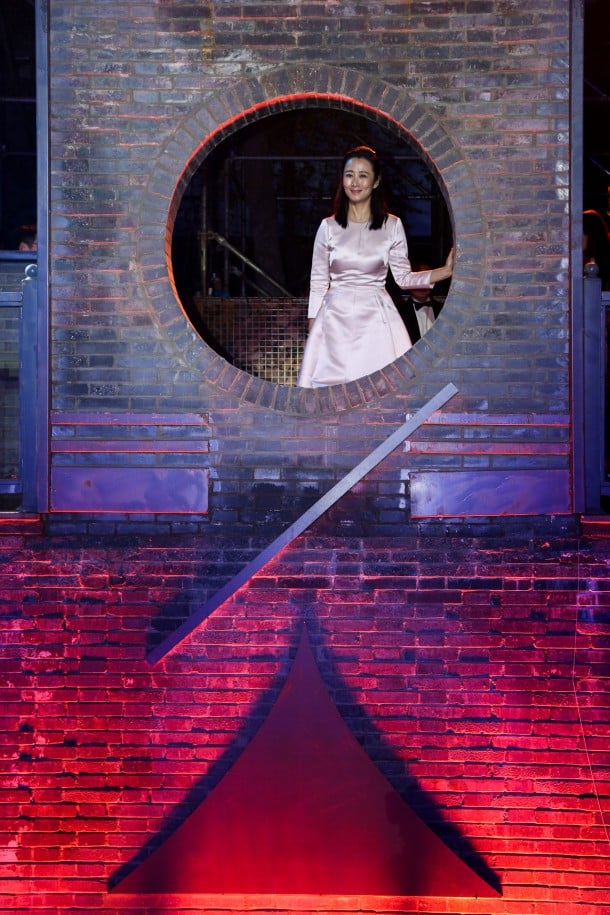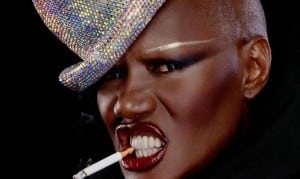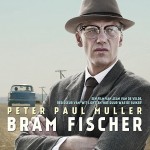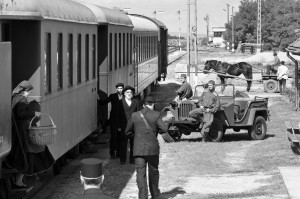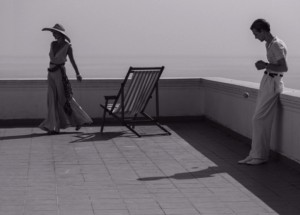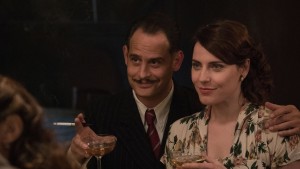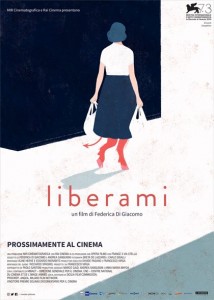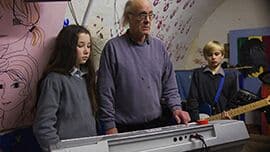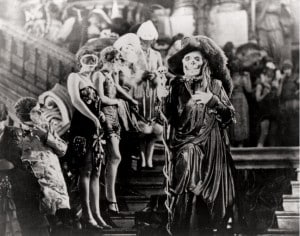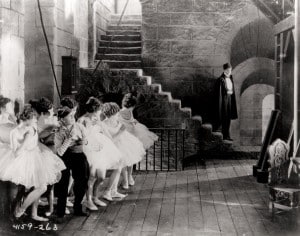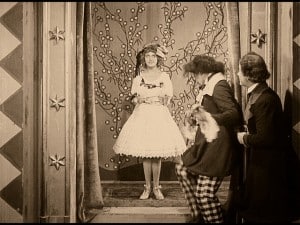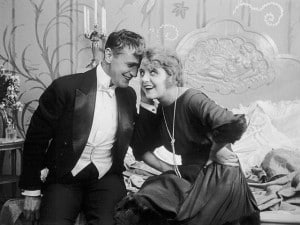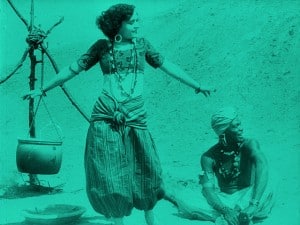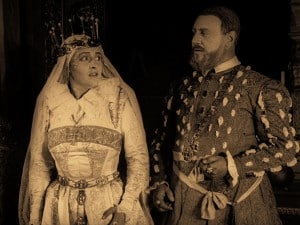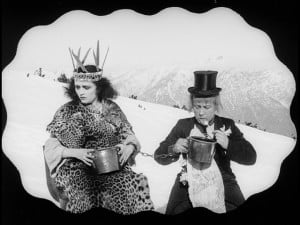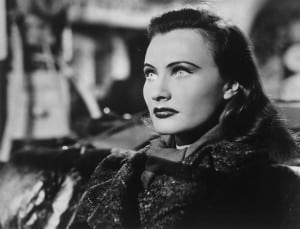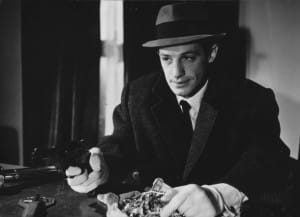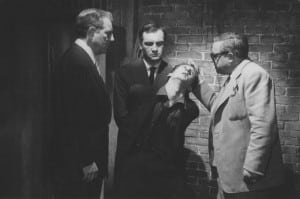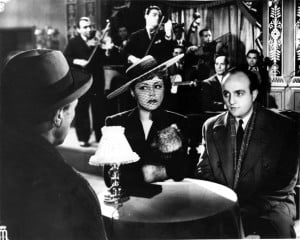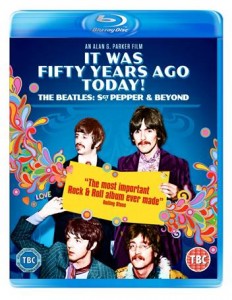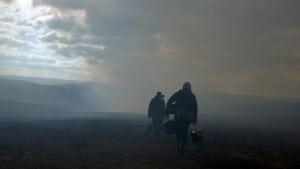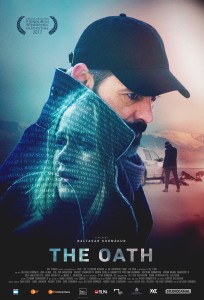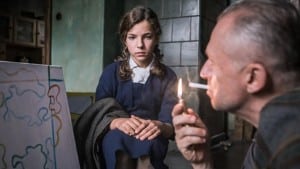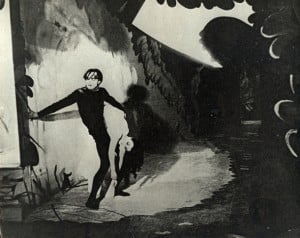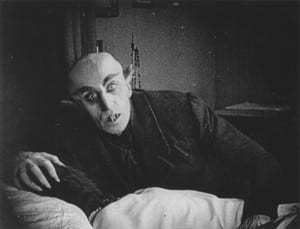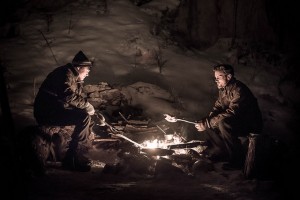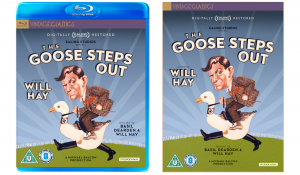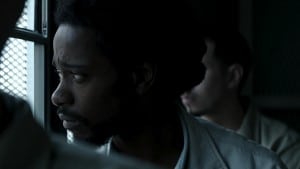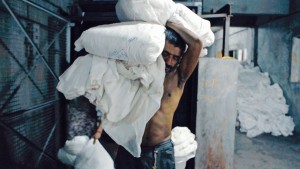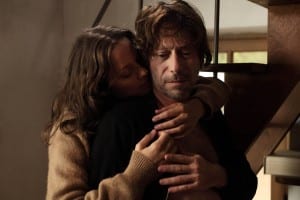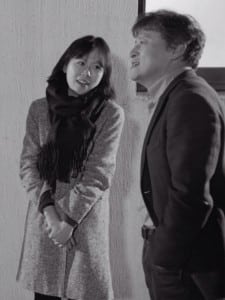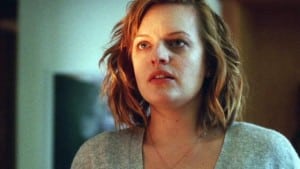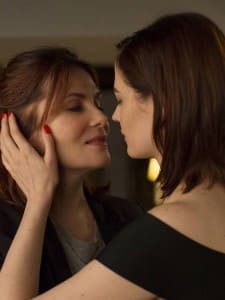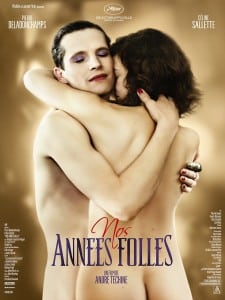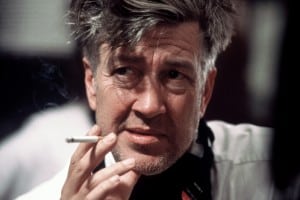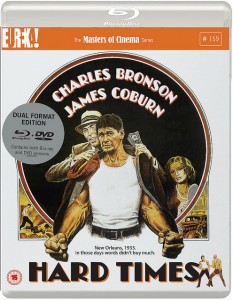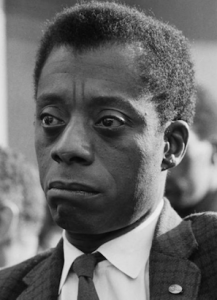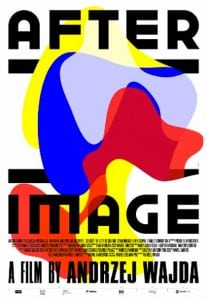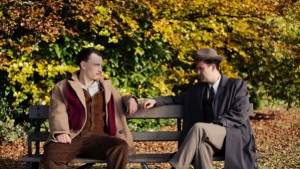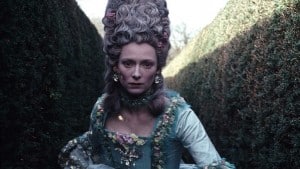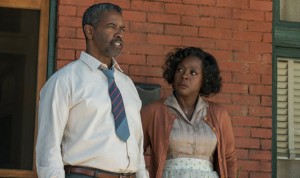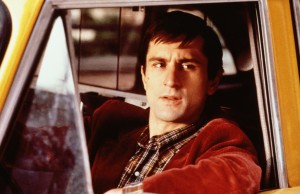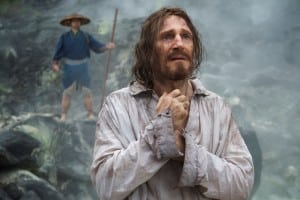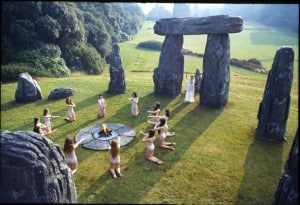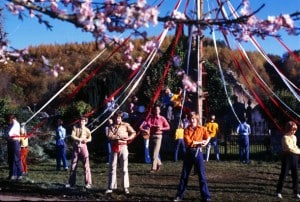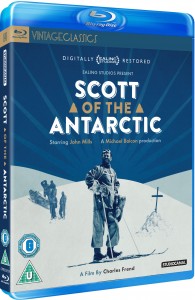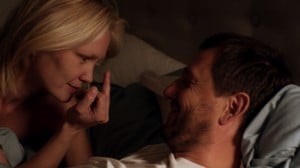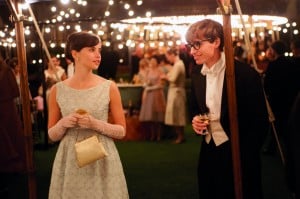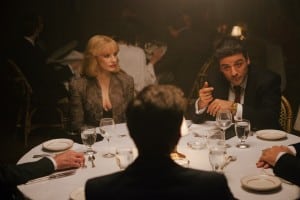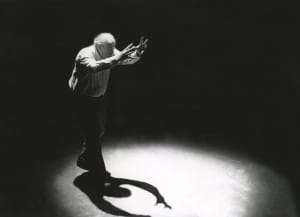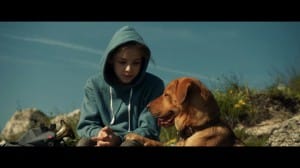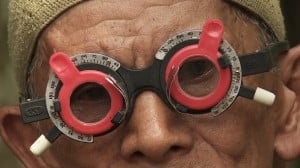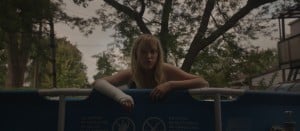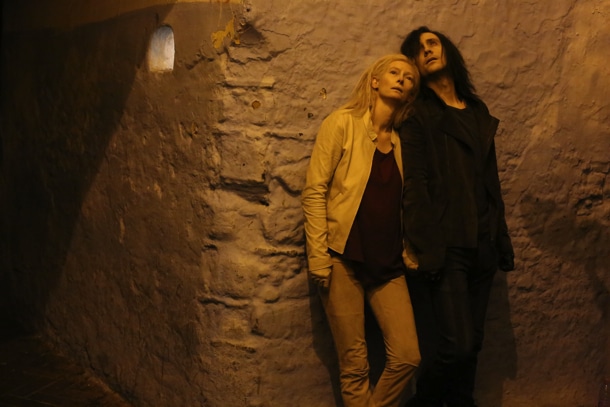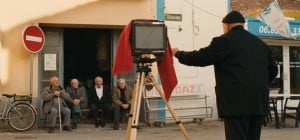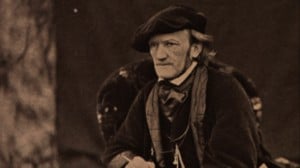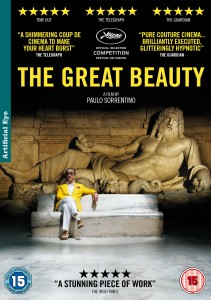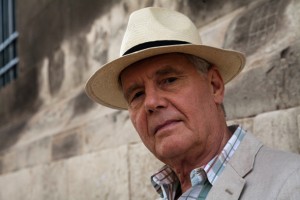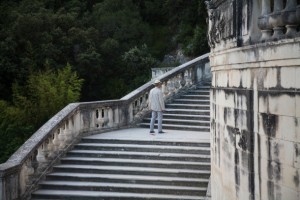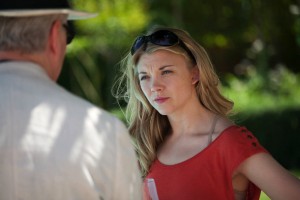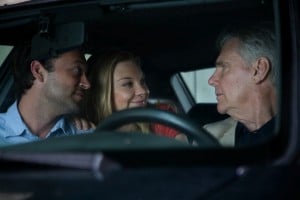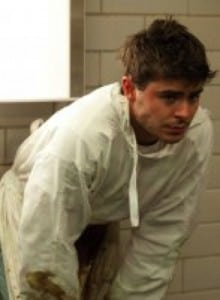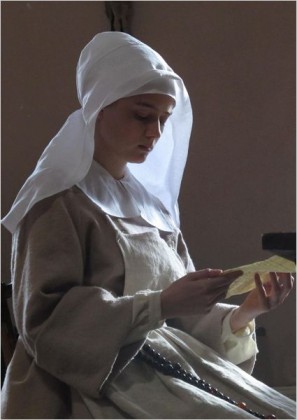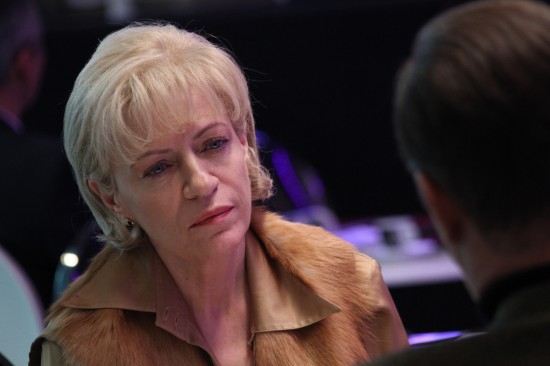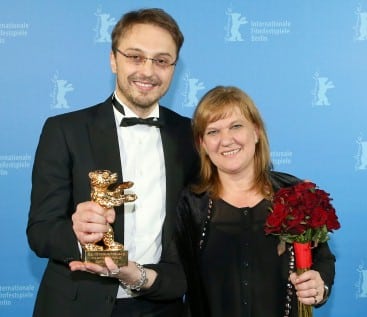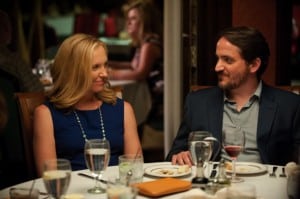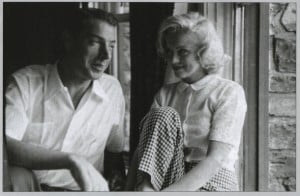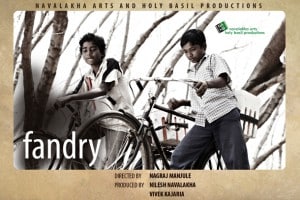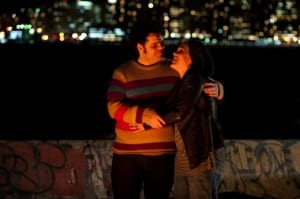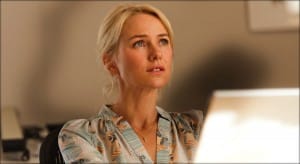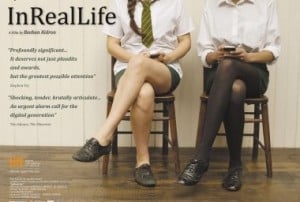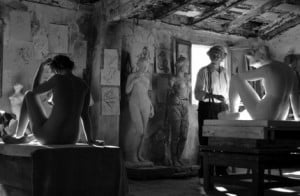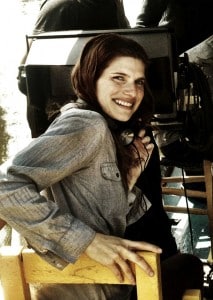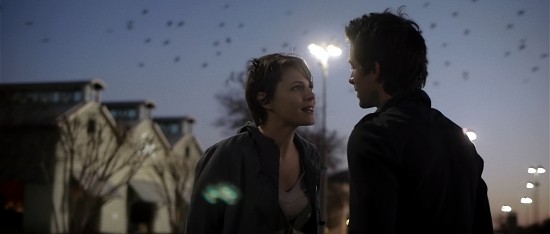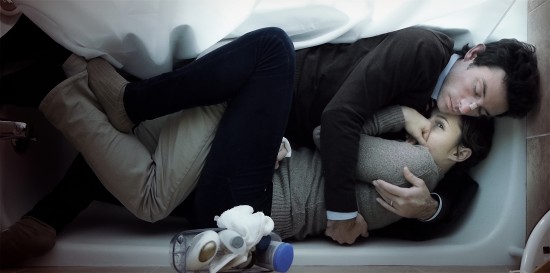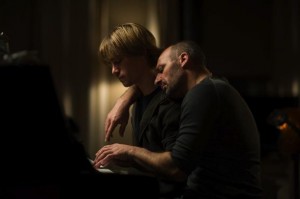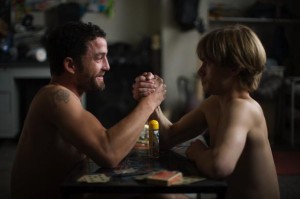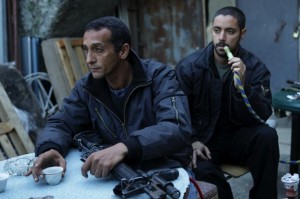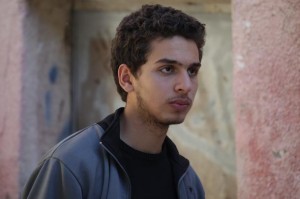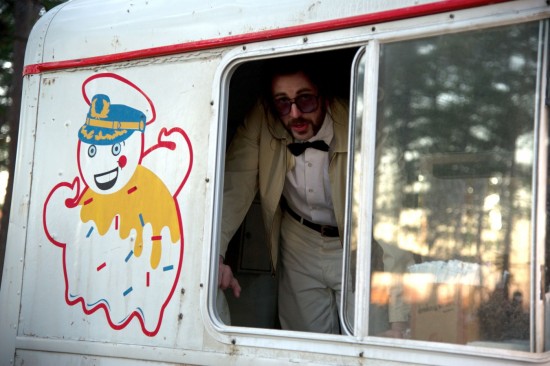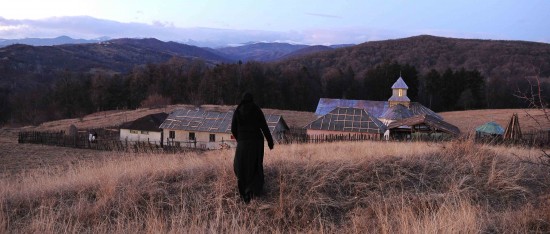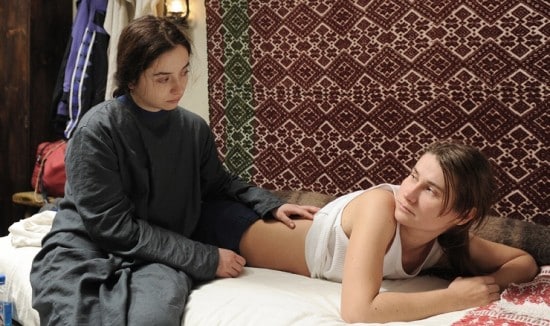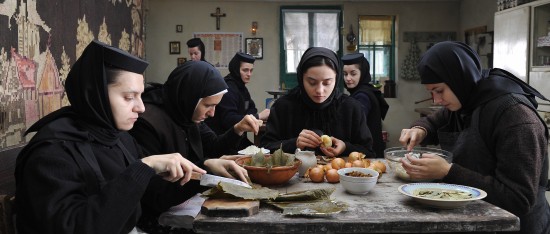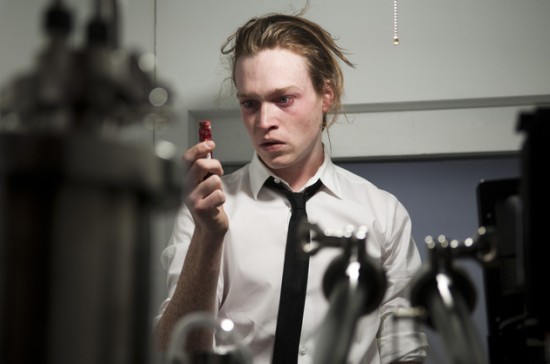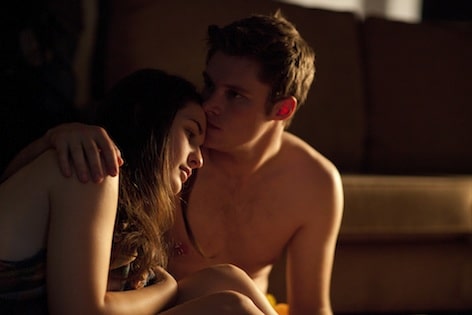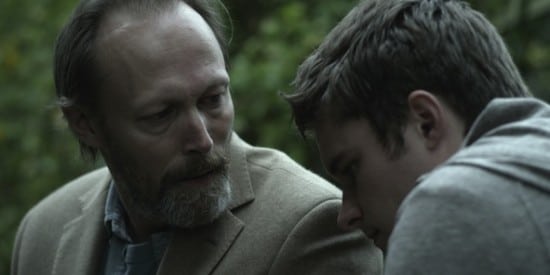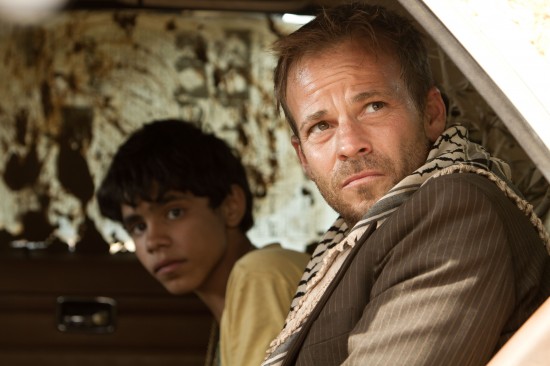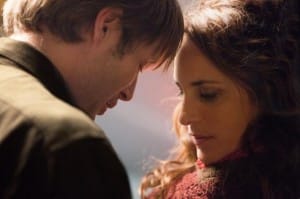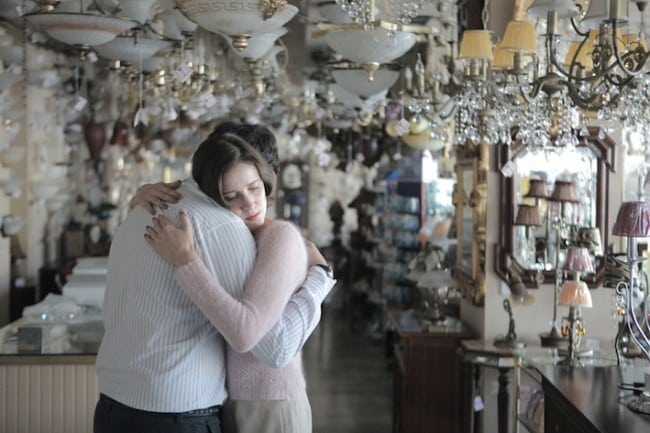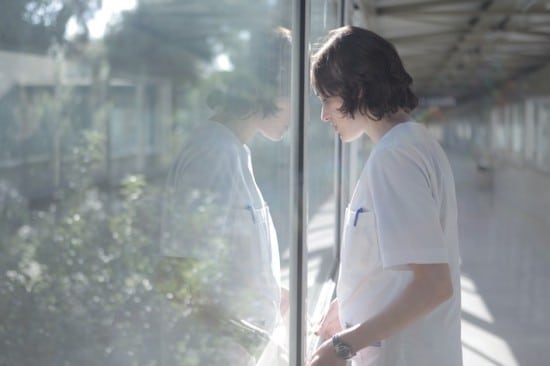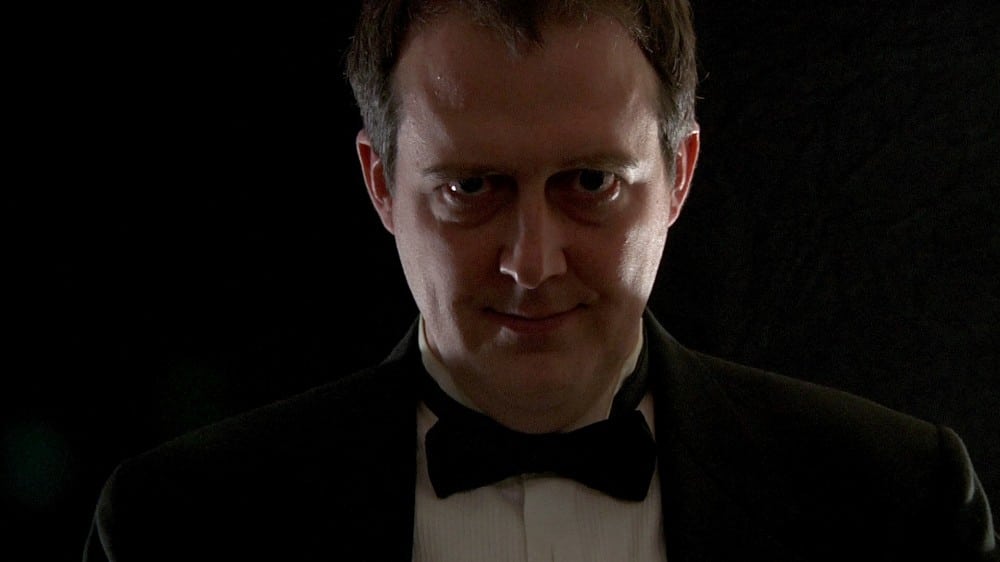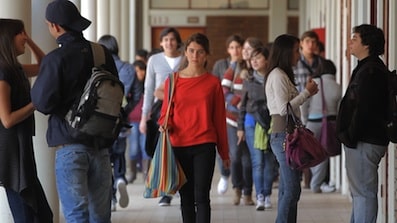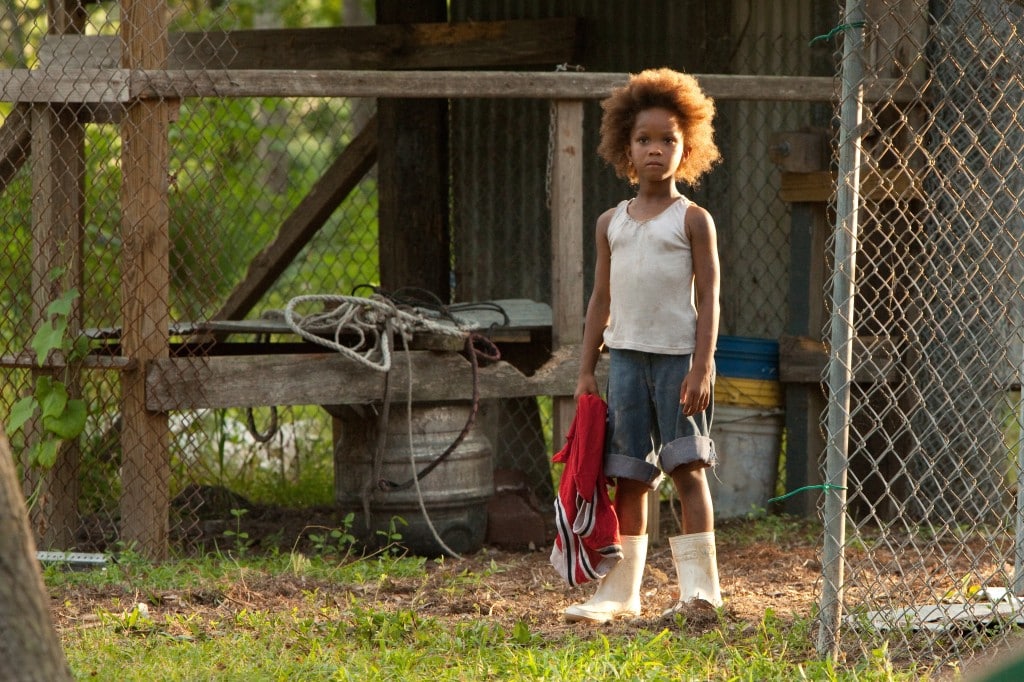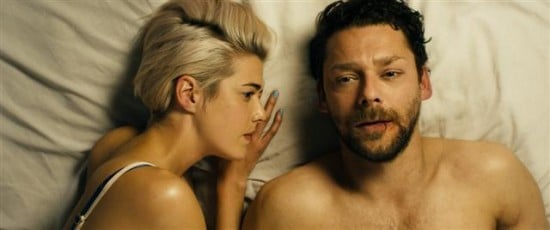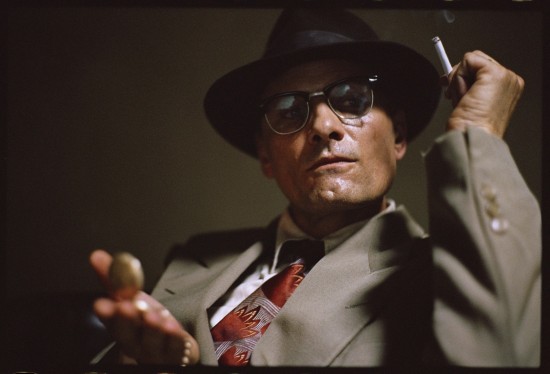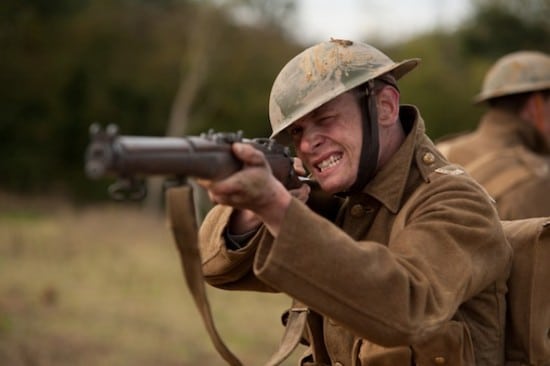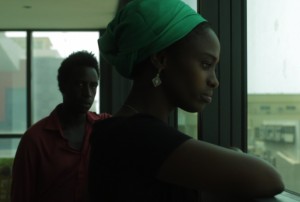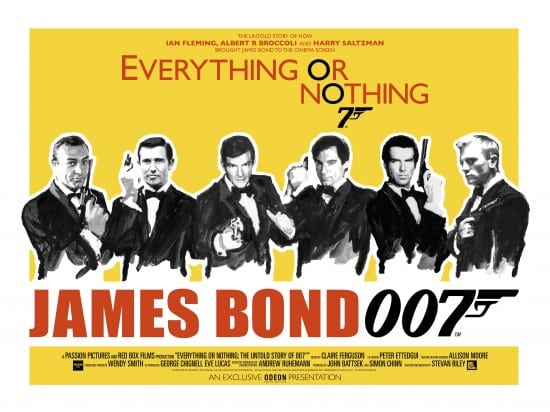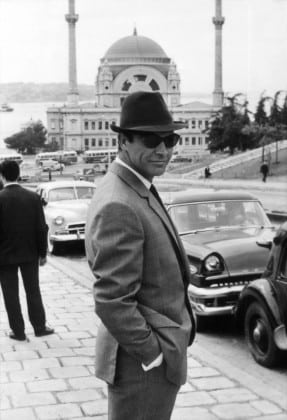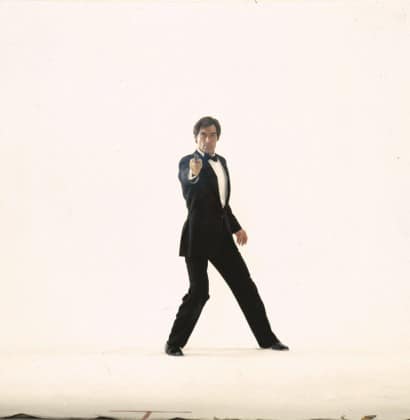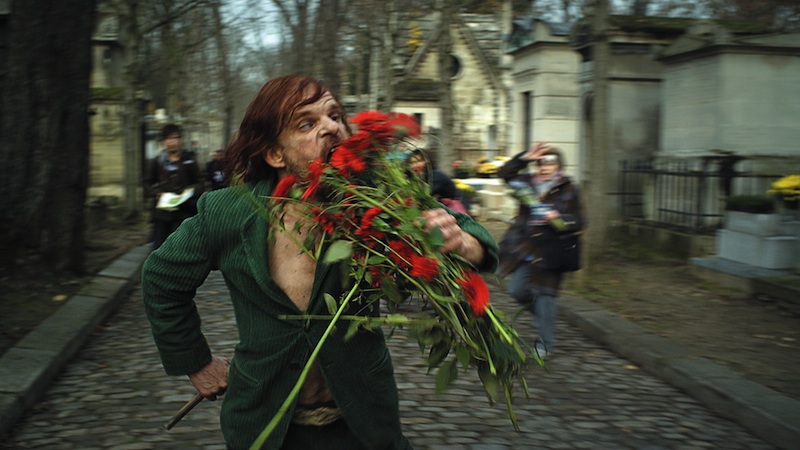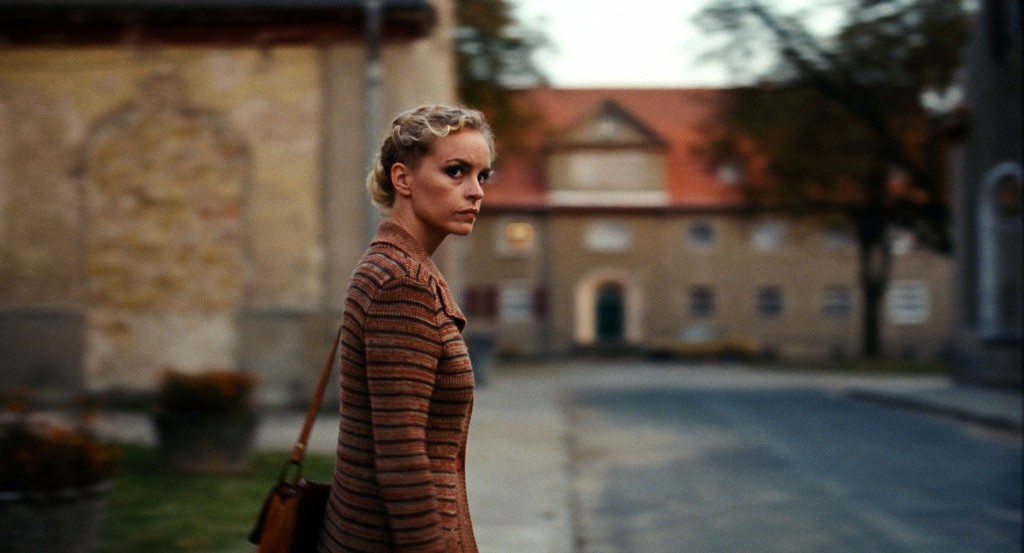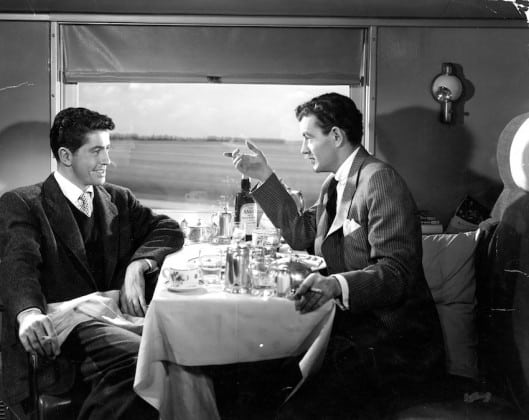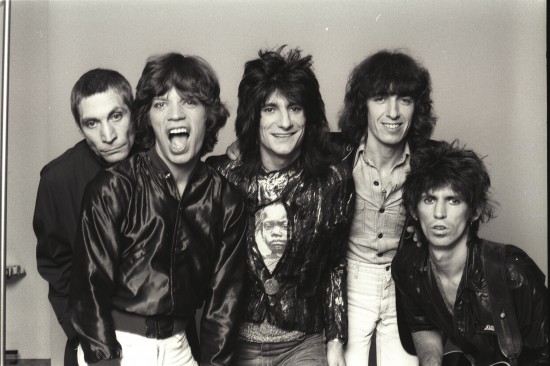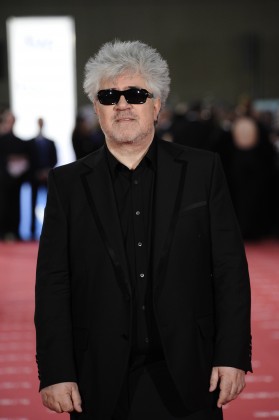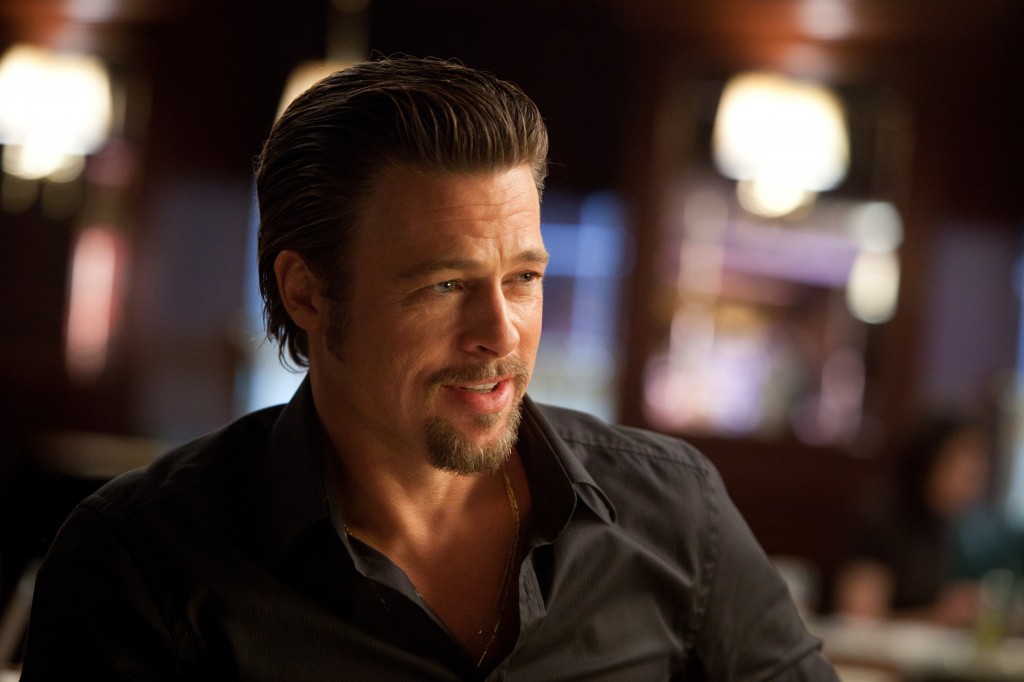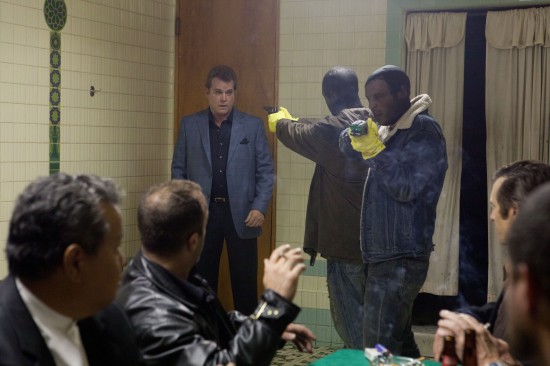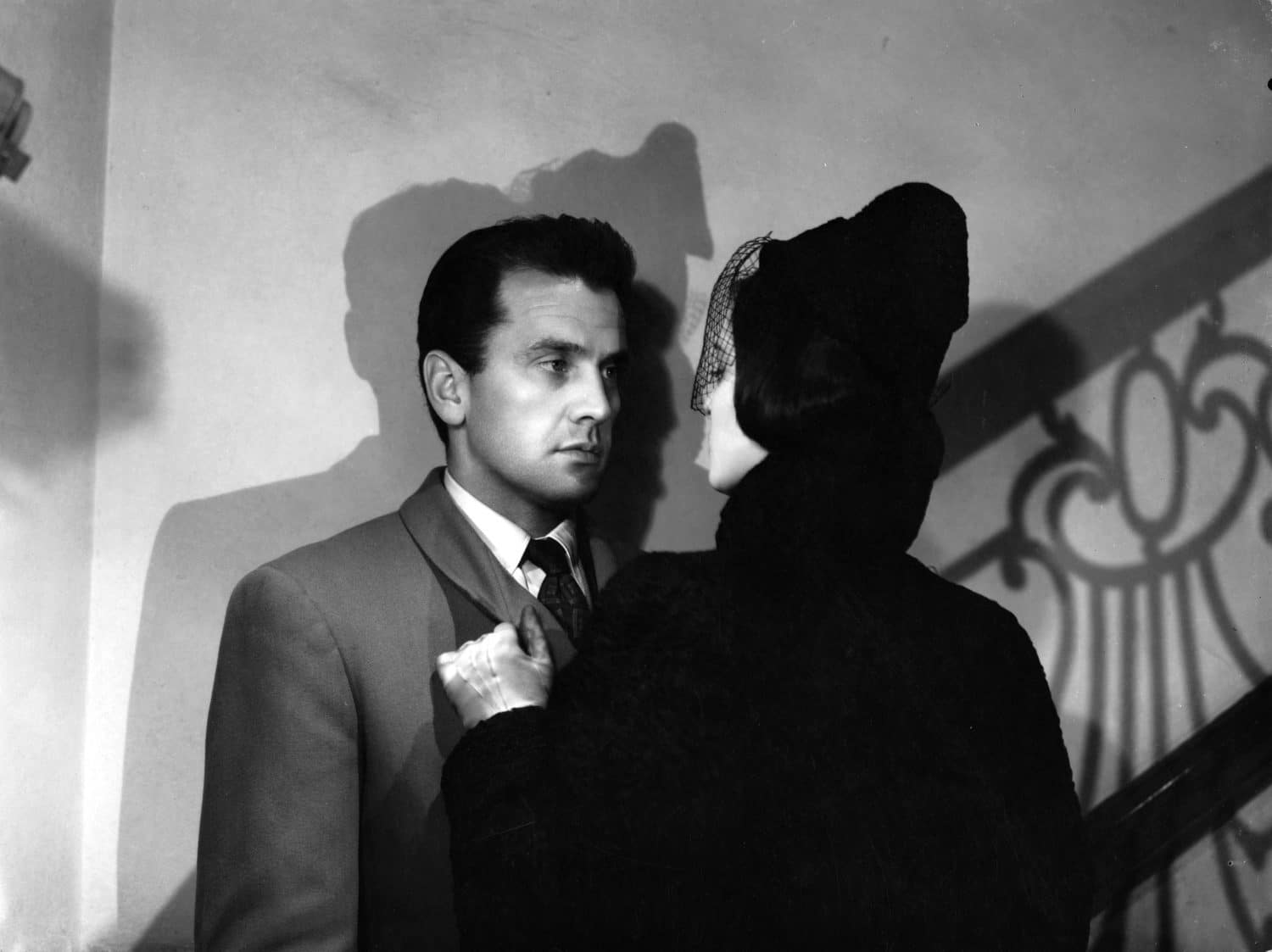D A Y O N E

KUMIKO, THE TREASURE HUNTER *** The surreal collides with the banal in Nathan and David Kellner’s genre-blurring black comedy drama, in which David Kellner also stars. Kumiko, a doltishly passive Japanese woman, abandons her dull life in Tokyo to travel to snowbound Minnesota on the strength of an imagined treasure trove she sees buried in a film, aided and abetted by the kindness of narrow-minded strangers who help her on her mission. If you can suspend your disbelief and tune into the weird humour, this is a work of inspired genius and well-planned eccentricity: Alexander Payne put his money into it and the Kellner Brothers’ drama has shades of Joel and Ethan Coen about it. MT 105min FORUM
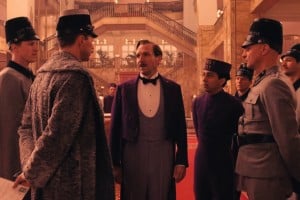 THE GRAND BUDAPEST HOTEL **** SILVER BEAR, GRAND JURY PRIZE
THE GRAND BUDAPEST HOTEL **** SILVER BEAR, GRAND JURY PRIZE
Ralph Fiennes is pure magic as Gustav H, a legendary lothario and eloquent hotel manager in this witty, whimsical and very European tale within a fairytale, inspired by the Gorlitzer Warenhaus on the Polish/Czech border (which is currently being renovated) in a fictional Republic of Zubrowka. Written and directed by Texan Wes Anderson, it’s probably his finest film to date: perfectly scripted, beautifully acted by an assembled cast of Tilda Swinton, (who must be the most elegant and ethereal woman on the planet) Lea Seydoux, Jude Law, Matthieu Almaric, Bill Murray, Adrien Brody, Saoirse Ronan and newcomer Tony Revolori (as the young Zero M); it’s also gorgeous to watch with its candy-coloured aesthetic and fairytale sets. Appealing to all ages, despite moments of scary violence, it tells the story of how the hotel came to be handed down to Zero Mustafa via a rich and riotous history. MT World Premiere IN COMPETITION 100mins
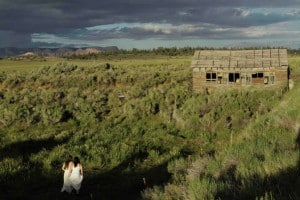 In Josephine Decker’s debut feature BUTTER ON THE LATCH, we first meet the central character Sarah, when she stumbles around dreamily in Brooklyn and sleeps with a man she picked up in a nightclub. Suddenly, she appears again at a summer festival of Balkan folk music in some woods near Mendecino, California. There she seems at first to settle down with girlfriend Isolde, but then the two get lost in a wood and nearly set it on fire. Exchanging intimacies and secrets, the two become become increasingly closer, but something is worryingly wrong with Sarah. We might connect her otherworldliness with the Balkan stories of people beings possessed by dangerous animals, like dragons (clearly shades of Tourneur’s Cat People). But before we are able to guess further, Sarah suddenly turns to the young Steph, but their relationship culminates into a dramatic and violent end near a lake in this inventive, dreamy, fantasy horror. See full review
In Josephine Decker’s debut feature BUTTER ON THE LATCH, we first meet the central character Sarah, when she stumbles around dreamily in Brooklyn and sleeps with a man she picked up in a nightclub. Suddenly, she appears again at a summer festival of Balkan folk music in some woods near Mendecino, California. There she seems at first to settle down with girlfriend Isolde, but then the two get lost in a wood and nearly set it on fire. Exchanging intimacies and secrets, the two become become increasingly closer, but something is worryingly wrong with Sarah. We might connect her otherworldliness with the Balkan stories of people beings possessed by dangerous animals, like dragons (clearly shades of Tourneur’s Cat People). But before we are able to guess further, Sarah suddenly turns to the young Steph, but their relationship culminates into a dramatic and violent end near a lake in this inventive, dreamy, fantasy horror. See full review
D A Y T W O
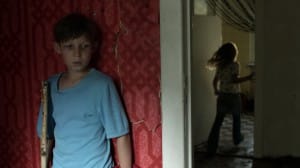 JACK **** A leafy Berlin is the setting for Edvard Berger’s touching drama underpinned by newcomer Ivo Pietzcker’s performance of tear-swelling poignancy as Jack, a little boy left in charge of his half-brother, when their feckless mother abandons them. Sensitive and filmic, it’s an old-fashioned portrait of childhood anxiety that echoes The Kid With A Bike; and shows that kids are sometimes far more intelligent than we give them credit for but also that responsibility and self-reliance can be the making of them. MT. 104 MIN GERMANY. IN COMPETITION
JACK **** A leafy Berlin is the setting for Edvard Berger’s touching drama underpinned by newcomer Ivo Pietzcker’s performance of tear-swelling poignancy as Jack, a little boy left in charge of his half-brother, when their feckless mother abandons them. Sensitive and filmic, it’s an old-fashioned portrait of childhood anxiety that echoes The Kid With A Bike; and shows that kids are sometimes far more intelligent than we give them credit for but also that responsibility and self-reliance can be the making of them. MT. 104 MIN GERMANY. IN COMPETITION
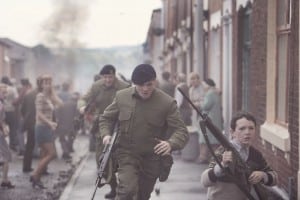 ’71 **** TV director Yann Demange (Top Boy) has chosen the bitter conflict in Northern Ireland as the subject of his feature debut ’71, setting his tightly-plotted narrative from the perspective of a young British soldier (Jack O’Connell) left behind by his unit following a street riot. The memory of the terrible internecine warring is brought back with visual clarity and some of the best street combat scenes ever committed to film. Demange has masterful control of his subject-matter and delivers an utterly gripping thriller with a strong central performance from Jack Connell (This is England) and a superb all-British cast including Sean Harris, Sam Hazeldine and Paul Anderson MT 99min UK IN COMPETITION.
’71 **** TV director Yann Demange (Top Boy) has chosen the bitter conflict in Northern Ireland as the subject of his feature debut ’71, setting his tightly-plotted narrative from the perspective of a young British soldier (Jack O’Connell) left behind by his unit following a street riot. The memory of the terrible internecine warring is brought back with visual clarity and some of the best street combat scenes ever committed to film. Demange has masterful control of his subject-matter and delivers an utterly gripping thriller with a strong central performance from Jack Connell (This is England) and a superb all-British cast including Sean Harris, Sam Hazeldine and Paul Anderson MT 99min UK IN COMPETITION.
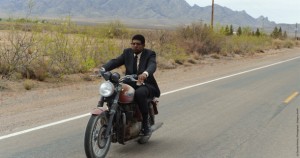 TWO MEN IN TOWN **
TWO MEN IN TOWN **
Rachid Bouchareb’s is an award-winning filmmaker known for LONDON RIVER, picking up a Silver Bear Award at Berlinale 2009. Here he casts Brenda Blethyn as a lil’ ol’ Kansas probation officer who sets out to assist Forest Whitaker’s reformed convict, Garnett, in a small community near the Mexican Border. Recently converted to Islam, Garnett does his best to make a go off things but Harvey Keitel is determined to put a spanner in the works, as the local sheriff, so we know the outcome of this story before the get-go. Despite some filmic moments and an experienced cast, it feels about as plausible as Jesus coming down from the cross. MT 120mins IN COMPETITION.
D A Y T H R E E
AMMA & APPPA (2014) ***
Franziska Schonenberger’s debut documentary is a part-animated story of twenty-somethings who meet at University and fall in love. Across the cultural divide of his strict Tamil parents, who envisaged an arranged marriage, and her homespun Bavarian background; a touching and immersive story emerges which is really a doc-style Meet the Parents, with some equally hilarious moments. MT 89 min Panorama Germany
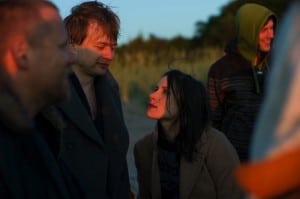 FREE RANGE- Ballad on Approving of the World ** (2013)
FREE RANGE- Ballad on Approving of the World ** (2013)
Fred is a chain-smoking pseudo-intellectual with a high opinion of himself. After losing his job as a deliberately abusive film journalist and mindful of looming fatherhood, he turns his hand to working in a timber factory with equally disastrious results. Veiko Ounpuu’s bleached- out, grainy visuals evoke the lemon n lime beauty of the Estonian spring to great effect in this sardonic drama which is accompanied by an eclectic soundtrack of hits from ‘The Smiths’ among others, but it’s difficult to care what happens to Ounpuu’s unappealing characters who never really feel authentic or to engage with his facile narrative. MT 104min. Estonia. Forum Expanded
 STO SPITI (2014) At Home (2013) ***
STO SPITI (2014) At Home (2013) ***
The stunning coastal location and elegant summery visuals of Athanasios Karanicolas’s serene feature debut bely the melancholic nature of his narrative that follows a wealthy Greek family who are finding ends increasingly difficult to meet in the financial crisis. When their long- term Georgian housekeeper falls sicks it’s clear that life will have to change but also rather predictable in the way it does. So no surprises here but certainly some applause for this well-crafted and promising film. Maria Kallimani gives a performance of great subtlety in the central role. MT. 103min Greece/Georgia. Forum Expanded
 THE MONUMENTS MEN (2014) ***
THE MONUMENTS MEN (2014) ***
George Clooney has made a brave and well-intentioned bid to shine a light on one of the most important episodes of Art history – the looting of art treasures by the Nazis during their retreat during the Second World War. The result, in which he also stars as art historian Frank Stokes, (a fictionalised version of George Stout) along with a fine cast of Matt Damon, Jean Dujardin, Bill Murray, and High Bonneville, is rather too worthy for its own good. This is his 5th big screen outing and sees him and his colleagues setting out to France in 1944 where they discover the Russians are also hot on the trail, and intend to keep to uncovered treasure as spoils. Cate Blanchett is remarkable as a bluestocking curator under the Nazis, who at first is unwilling to cooperate but finally falls for Damon’s charms. The search goes underground and there is much ranting and raving in rhetoric about the supreme value of Art, as if Clooney underestimates his audience, although naturally he has the best orating. Production values are slick and strong and Alexandre Desplat’s score is well-pitched and moving, but ultimately this is a rather artless drama that sacrifices suspense for altruism. MT, 120mins US IN COMPETITION
D A Y F O U R
 BLIND DATES (2014) ***
BLIND DATES (2014) ***
Levan Koguashvili’s follow-up to STREET DAYS (2010) is another tale of contemporary Georgian folk with particular emphasis on womens’ issues in this male-dominated culture. Unexpectedly funny and feisty, it explores young hopes versus old ways in the crumbling splendour of Tbilisi through a tentative romance between 40 year old bachelor Sandro and a woman whose husband has just been released from prison. MT 95 mins. Georgia. Forum
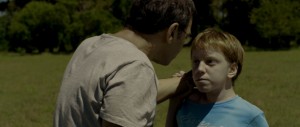 HISTORY OF FEAR (2014) **
HISTORY OF FEAR (2014) **
Random acts of violence, criminal activity and hostility between neighbours punctuate a hot summer in down-town Buenos Aires. Benjamin Naishtat’s first full-length drama strings together a series of interconnecting events in an attempt to evoke a climate of uncertainty and paranoia but leaves the audience bewildered and disengaged in the process. Ultimately he offers no reason for us to feel anything for his characters despite their plight and his narrative drifts aimlessly without a really immersive plot-line in the chaos. MT Argentina. 79mins IN COMPETITION
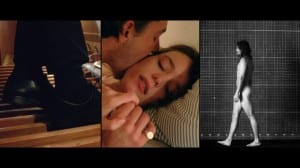 NYMPHOMANIAC 1 *****- Director’s Cut
NYMPHOMANIAC 1 *****- Director’s Cut
The entire, director’s cut version of Lars von Trier’s culminating segment of his ‘Melancholy’ trio that began with ANTICHRIST and MELANCHOLIA leaves in some minor footage and artistic flourishes but fails to add anything to the plot, ultimately rather than gilding the lily it actually detracts from the piquancy of his brilliantly enigmatic narrative. 145mins See our review
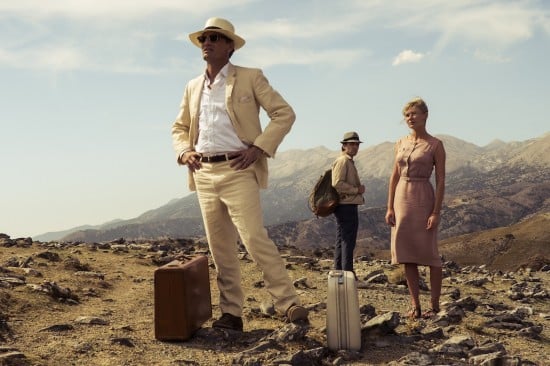 THE TWO FACES OF JANUARY (2013) *****
THE TWO FACES OF JANUARY (2013) *****
With a narrative based on the novel by Patricia Highsmith, this long-awaited debut feature from DRIVE screenwriter Hossein Amini is a lavish affair set in sixties Greece. And what could go wrong with such a fabulous cast, magical sets, gorgeous tailoring and a romantic original score by? The answer is nothing! One of the most gripping and sophisticated thrillers for some time, THE TWO FACES OF JANUARY stars Viggo Mortensen and Kirsten Dunst as an American married couple, the MacFarlands, and Oscar Isaac (Llewyn Davis) as their tour guide, Rydal. After meeting up in by chance in Athens, a tragic accident forces the trio to flee to the islands whence they embark on a dangerously eventful journey that ends in tragedy for all concerned. 96min UK USA France
D A Y F I V E
 IN ORDER OF DISAPPEARANCE (2014) ***
IN ORDER OF DISAPPEARANCE (2014) ***
Bruno ganz and Stellan Skarsgard star in Hans Petter Moland’s dark comedy follow-up to A SOMEWHAT GENTLE MAN (2010) has some of the best snowscapes that you’ll probably see this year and also possibly the most unapologetically un-politically incorrect script. Skarsgard plays, Nils, a Swedish man living in Norway who drives a snow plow and has just been award ‘Best Citizen’. But when his son dies in a drug overdose, Nils turns vigilante to find out who is responsible. That said, the tone is light-hearted: Moland wanted s narrative reflecting what happens when society’s attributes of decency get mixed up with the baser instincts that kick in when we are threatened: “Norway has a history of being generous to people in need but now this is being challenged” he said at the press conference. The comedic style was the best way to deal with this theme positively. “Violence lurks within us and occasionally erupts in normal, well-adjusted people like Stellan’s character.” What ensues is a brutally violent chase to track down the two rival gangs of traffickers: one Serbian (lead by Ganz as Papa), one local (lead by Pal Sverre at Greven). There are some great gags that arise out of ‘ad-libbing’ rather than sticking rigidly to Kim Fupaz Aakeson script and give this piece a fresh and authentic feel, although 115mins is a tad long for this simple crime caper. MT 100min Norway/Denmark IN COMPETITION
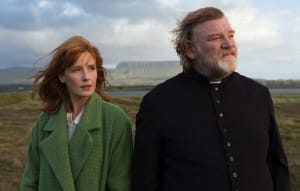 CALVARY (2014) *** ECUMENICAL PRIZE
CALVARY (2014) *** ECUMENICAL PRIZE
A priest’s struggle when his life is threatened during a confession:”I first tasted a man’s semen when I was 7 years old”, is a metaphor for the continuing challenge The Church faces to retain a place of respect and succour in today’s society. Traditionally the bedrock of Irish communities, it gets a really rough ride in this black comedy that examines the role of the local priest amongst a group of characters in a small Sligo village, who have lost their way. Gloriously set in this verdant Southern Irish county, Brendan Gleeson leads with a performance of rare dignity and integrity as the Father concerned , in this follow-up to THE GUARD. Less comedic and that the former, CALVARY’s soul is a more brooding and desperate one, leavened by moments of gentle often caustic humour. Pointing its finger at paedophilia amongst Church leaders, it follows the tone of the recent PHILOMENA echoing documentaries such as Alex Gibney’s MEA MAXIMA CULPA. For John Michael McDonagh it is a triumph and a far better drama than the recent and glib, SEVEN PSYCHOPATHS. A superb all-Irish support cast of Kelly Reilly, Chris O’Dowd, Aidan Gillen, Dylan Moran and Isaac De Bankole make this thoughtful and trenchant second feature a rare pleasure that stays in the memory long afterwards. MT 100min UK/Ireland Panorama Special.
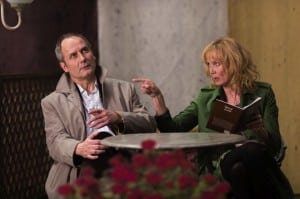 AIMER, BOIRE, CHANTER – THE LIFE OF RILEY (2014) ALFRED BAUER PRIZE
AIMER, BOIRE, CHANTER – THE LIFE OF RILEY (2014) ALFRED BAUER PRIZE
For his 50th film, Alain Resnais adapts the work of Alan Ayckbourn in this stagey farce with garish theatrical sets and occasional glimpses of the leafy countryside of the Yorkshire Dales. Starring his wife Sabine Azema, Sandrine Kiberlain (Bird) Andre Dussollier and Hyppolyte Girardot, it’s just the sort of thing that older French audiences lap up but do we really need another stage adaptation (his third) of YOU AIN’T SEEN NOTHING YET?. This turns out to have additional flourishes with drawings by French artist Blutch and puppetry to boot! You know the story here – middle-aged, middle-class couples whose close friend is diagnosed with cancer. Or is he? Mannered performances all round will appeal to his devotees. MT 107min France IN COMPETITION
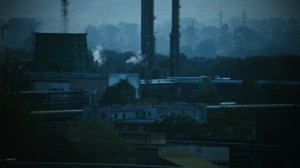 HUBA, PARASITE (2014)
HUBA, PARASITE (2014)
The work of Polish filmmakers, Wilhelm and Anka Sasnal (IT LOOKS PRETTY FROM A DISTANCE) focuses on simple lives of working people in the Polish countryside; their latest film is no different. A tender portrait of family closeness centres on an old factory worker and his daughter and her baby, who come to live with him. Intimate in scale, daily rituals are viewed at close quarters with a ‘warts and all’ approach that provides an immersive and worthwhile testament to the continuing narrative of rural lives under threat in remote locations. MT. 66min Poland Panorama
D A Y S I X
 PRAIA DO FUTURO (2014)
PRAIA DO FUTURO (2014)
With some of the most captivating photography of Brazilian and Berlin skylines, Karim Ainouz’s filmic and leisurely-paced drama is sadly let down by poorly fleshed-out characterisation of its protagonists, who we hardly get to know at all. Appearances can be deceptive and we soon find out that Praia do Futuro is one of the most beautiful but deadly beaches in Brazil. It also has the saltiest water, making it a hostile environment for living in. When his friend is drowned, a Brazilian lifeguard follows his lover back to Berlin to discover a new life that’s both liberating and bewildering. Ainouz creates a palpable sense of place and identity but sadly the narrative floats untethered in a sea of plotholes with not enough momentum or feeling for his characters or their lives to carry it through to a meaningful conclusion. MT 106mins. Brazil/Germany In COMPETITION
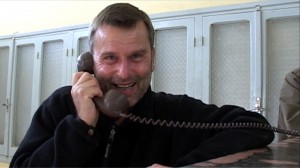 SOUVENIR (2014)
SOUVENIR (2014)
German photographer Alfred Diebold disappeared during an Arctic cruise in 2009 leaving a massive collection of videos archiving his peripatetic life as an attention-seeking traveller, husband and politically engaged also-ran. André Siegers doc looks back at his footage (407 videos in all) but despite some moving moments from Alfred’s intimate family life, it’s difficult to work out why he considered this film worthy of the public domain (let alone financing) as it is neither involving, visually inventive nor particularly interesting from a historical point of view. Maybe a German audience would feel more empathy with the subject-matter. MT 81mins Russia/Germany Forum
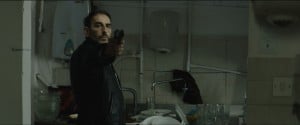 TO MIKRI PSARI – STRATOS (2014)
TO MIKRI PSARI – STRATOS (2014)
Although not particularly intended as such, Yannis Economides’ drama serves as a metaphor for the parlous state of moral and physical decline that Greece has suffered over the past several decades. In STRATOS communities are breaking down, buildings have fallen into disrepair and parks are overrun with weeds. Even felons are at each others throats, overworked by the burden of debt-fuelled crime in their neighbourhoods. Economides’ narrative steadily builds into a caustically angry thriller involving local low-lives and their families. Tightly-plotted: the story is told through a series of one to one to conversations between the fellow criminal fraternity that grow in vehemence, and focus on the gang-leader in jail. The story is told from the point of view of Stratos, (well-played by Vangelis Mourikis), a wealthy local crim who is called upon to finance the release of the gang-leader and in so doing is drawn further into a web of lies, deceit and paedophilia. Cracking performances from the support cast and Babis Papadopoulos’ edgy score help create a feeling or menace and desperation throughout. MT 136 min GREECE IN COMPETITION
D A Y S E V E N
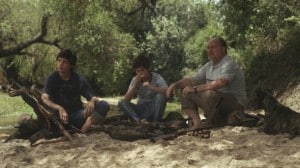 THE THIRD SIDE OF THE RIVER ***
THE THIRD SIDE OF THE RIVER ***
‘Another Us and Them’ drama from Argentina. This time Celina Murga delivers a soft-focus, slow-burner about an affluent family in Buenos Aires, seen through the increasingly critical eyes of the eldest son. This disapproval of his father’s dominating ways gradually leads to a startling epiphany in this melancholic tale of a boy who is forced into responsibility at a young age. Not sure why Martin Scorsese gave this his ‘seal of approval’? Wait a minute – was his money involved? : yes Siree!. Nonetheless, this is a decent story, well-told and well-acted but hardly anything to write home about as a competition headliner. Spain. 104mins In COMPETITION
GUIDELINES: Le Marche a Suivre *
Jean-Francois Caissy fails to flag up any changes in the way kids are and always will behave in the classroom and out of it. His tame documentary kicks off, for some reason, rather promisingly with a car trying to cross a ford with difficulty. Are we in for an exciting adventure? No, this is a predictable affair that focuses on a group of kids in the Canadian province of Quebec. Nicolas Canniccioni’s bland camera-work explores how they interact with each other with close-up one to one interviews intercut with images of the playground and ‘environs’ in and out of the school (i.e. the lens zoom in on a lock, and then a group of kids playing ball, there are frequent ‘black screen moments’). Visually uninventive, and for the most part repetitive: it nevertheless provides a living testament for the parents involved and those interested in the subtleties of paediatric psychology. MT 76min. French Forum
 ALOFT ***
ALOFT ***
Stunningly shot on the widescreen, this dreamily poetic Canadian drama from 2009 Golden Bear winner Claudia Llosa (from Peru) ‘boasts’ Jennifer Connelly, Cillian Murphy and Melanie Laurent in its star line-up. Told in fractured narrative style, it follows the central character Ivan (Murphy) as a child and as an adult as he sets out to find his mother who left after a family tragedy to develop her skills as a healer in the Arctic Circle. Llosa’s highly creative camerawork evokes the enigmatic feel of this drama which is intimate in style yet deep and immersive in its scope and subject matter. There are sensitive performances from Murphy and Connelly as they portray a close son and mother relationship. 112min Spain Canada France. In competition 114min Canada, IN COMPETITION
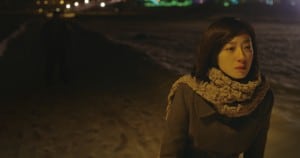 BLACK COAL, THIN ICE *** GOLDEN BEAR WINNER, SILVER BEAR – BEST ACTOR
BLACK COAL, THIN ICE *** GOLDEN BEAR WINNER, SILVER BEAR – BEST ACTOR
Chinese director, Yi’nan Diao offers an inventive drama set in a snowbound industrial landscape where body parts appear regularly on asphalt trucks heading off to furnish the country’s burgeoning building boom. A former policeman turns vigilante in a bid to trace the perpetrator and falls in love with a mysterious woman who seems to be connected to the crimes. MT 106min World Premiere China/Mandarin
D A Y E I G H T
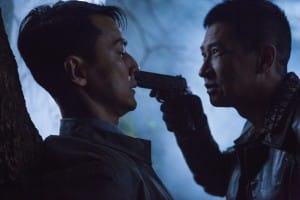 NO MANS LAND Wu Ren Qu (2013) ***
NO MANS LAND Wu Ren Qu (2013) ***
Ning Hao’s follow up to is a slick parable about a society that has completely lost its moral compass in a struggle for wealth and prosperity in the modern world. In a cheap Chinese car, a cocky lawyer sets off across a rugged Taklamakan desert populated by weird and dangerous wayfarers on his journey to a trial. Visually and technically superb Ning Hao has excised the heart from his action drama, where men are macho and women are still looking for a hero to rescue them. There aint any here, but then its really just abit of fun and a homage to Sergio Leone’s epic desert westerns minus the great performances the the killer soundtrack. That said, there are brilliant moments in this desert. of MT 119min Republic of China Mandarin COMPETITION
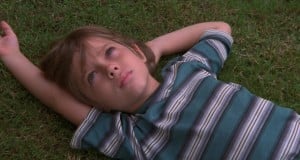 BOYHOOD (2014) ***** SILVER BEAR, BEST DIRECTOR
BOYHOOD (2014) ***** SILVER BEAR, BEST DIRECTOR
Richard Linklater is popular in Berlin. Last year he collected an Honorary Bear and here’s back this year with Sundance break-out hit: BOYHOOD. Following the life of Mason from five until eighteen it stars Ellar Coltrane in the leading role with Linklater’s regular collaborator on the series Ethan Hawke, it authentically captures these years of growing up into an immersive and moving drama that runs for nearly 3 hours. Although this will make it a headache for cinemas, it is elegantly paced, engagingly scripted and performed with seamless authenticity by Mason and his extended family and friends, amongst whom by Patricia Arquette as his mother and Tamara Jolaine, as his sister, particularly shine . Ethan Hawke brings to his performance the same laid-back charm that he works so well in the Midnight Trilogy. In order to achieve the subtle changes in the characters, Linklater began the project in 2002, with the crew getting together annually to film the developing story. This isn’t the perfect childhood, but it’s warm, witty and deeply-felt and stands as a record of turn of the century interpersonal relationships and family life in the Western World. This is drama that will be the talk of filmlovers for quite some time. MT 166min US Drama COMPETITION
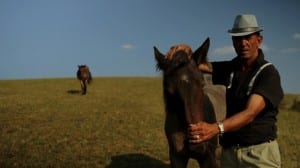 THE FOREST IS LIKE THE MOUNTAINS (2014) ****
THE FOREST IS LIKE THE MOUNTAINS (2014) ****
This quietly observed and beautifully filmed documentary was one of the standouts of this year’s Berlinale. Debut Directors Christiane Schmidt and Didier Guillain spent some time in the enchanting mountain setting of Sfantu Gheorghe, central Romania, with a community of Roma people. Living a self-regulated existence and avoiding interaction with the Establishment except when their annual potato harvest is sold to the local council, they follow the Seventh Adventist Faith, trusting in the spirit of a supportive and intuitive community and Christian prayer for guidance. Aron Lingurar is the self-appointed head of the village, commanding respect as the ‘governor’ he is a man of integrity who runs the show and instills a sense of respect amongst his people. Christiane Schmidt’s sublime cinematography and clever eye for colour and framing make this a joy to watch and with a total absence of sound, apart from natural dialogue, it is serene experience to behold. It would seem we have much to learn from these people. MT 101min Romania/France/Germany Drama Forum
D A Y N I N E
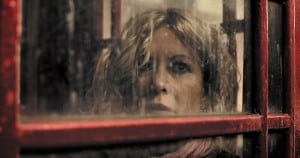 TRYPTYCH ****Canadian filmmakers have brought some great films to the Berlinale this year and this avantgarde piece from Pedro Pires and Robert Lepage is one of the best. Well-known for his theatrical work, Robert Lepage excels here with a transgenre drama that follows the lives of three interconnecting characters, sisters Marie and Michelle and Thomas, Marie’s soon to be partner. In an snowy timeless Quebec, Michelle, a book specialist, is recovering from depression. Michelle arrives to announce her marriage to Thomas, a brain surgeon. Dreamlike sepia-tinged visuals, unsettling characterisation and an eclectic score of jazz and classical music combine with Lepage’s unique approach make this an experience not to be missed. Sombre in tone, TRYPTYCH alludes to the deep melancholy of ageing, loss and illness. Lepage evokes a strong sense of the Quebec and Montreal but it is timeless in feel. MT 94min. Canada French/English TRYPTYCH ****Canadian filmmakers have brought some great films to the Berlinale this year and this avantgarde piece from Pedro Pires and Robert Lepage is one of the best. Well-known for his theatrical work, Robert Lepage excels here with a transgenre drama that follows the lives of three interconnecting characters, sisters Marie and Michelle and Thomas, Marie’s soon to be partner. In an snowy timeless Quebec, Michelle, a book specialist, is recovering from depression. Michelle arrives to announce her marriage to Thomas, a brain surgeon. Dreamlike sepia-tinged visuals, unsettling characterisation and an eclectic score of jazz and classical music combine with Lepage’s unique approach make this an experience not to be missed. Sombre in tone, TRYPTYCH alludes to the deep melancholy of ageing, loss and illness. Lepage evokes a strong sense of the Quebec and Montreal but it is timeless in feel. MT 94min. Canada French/English
 LA BELLE ET LA BETTE (2014) **** LA BELLE ET LA BETTE (2014) ****
Jean Cocteau’s gothic horror original was an pioneering piece of magic made when he turned his hand to filmmaking during WWII. With very limited resources, the result was enchanting and eerie. Even with a large budget (and filmed in Babelsberg where Metropolis and The Blue Angel were shot) this doesnt engender the same mystique but is a lavishly-imagined if over-the-top frolic from Christophe Gans that spans both Renaissance and Napoleonic eras. It has Lea Seydoux as a gentle Belle and Vincent Cassel as her fiercely masculine Beau yet elegantly pathetic Beast – essentially an asshole who turns into a nice guy. Andre Dessollier is strong as the kindly father. Because all the leads were versed in mime and method acting the piece really benefits from their acting chops and makes it a success, if you can overlook the overzealous CGI. Narrative-wise Gans has developed Cocteau’s original here, with co-writer Sandra Vo-Anh adhering faithfully to Madame de Villeneuve’s book to explore the origins of the Prince’s curse and its connections with the forces of nature. The result is more a chilldrens’ fairytale than Cocteau’s enchanting and subversive outing but there are some dark moments too. MT. 111min. In COMPETITION (out of competition)
 THE LITTLE HOUSE *** SILVER BEAR, BEST ACTRESS THE LITTLE HOUSE *** SILVER BEAR, BEST ACTRESS
There’s something very sweet and old-fashioned about this Japanese domestic drama set in Wartime Tokyo. Taki (Haru Kuroki, who won Best Actress) looks back on her life as a maid in a well-to-do household (the red-roofed little house) echoing the previous Tokyo Family in tone. Now as an old woman, she tells her grandson in flashback what was really happening at home while the fighting was going on in the cities. There’s a genteel ‘soap-like’ quality to the drama and also shades of Hayao Miyazaki’s recent THE WIND RISES to the storyline. But forget WWII, this really concerns the emotional yearnings of women in a society where men have the upper hand and the State dictates how society should conduct itself. Based on a novel by Kyoko Nakajima, THE LITTLE HOUSE quite literally explores the discrete charm of the bourgeoisie. Taki nurses the infant son through polio while also serves as a companion to the beautiful wife, Tokiko. The narrative shifts backwards and forwards from 1936 to the present, eventually engaging our attention as we witness the Tokiko’s affair with her husband’s colleague, a young and timid architect who doesn’t exactly set the night of fire, but buys into to her endless drivel. Engaging and demure, it may appeal to more traditional art house audiences for its quaint performances but lacks the romantic thrust or erotic charge to garner mainstream indie fans. MT 136min Japanese COMPETITION
|
|
|
 A N D T H E W I N N E R S A R E:
A N D T H E W I N N E R S A R E:
GOLDEN BEAR FOR BEST FILM
Bai Ri Yan Huo Black Coal, Thin Ice by Diao Yinan
SILVER BEAR GRAND JURY PRIZE
The Grand Budapest Hotel The Grand Budapest Hotel by Wes Anderson
SILVER BEAR ALFRED BAUER PRIZE for a feature film that opens new perspectives
Aimer, boire et chanter Life of Riley
by Alain Resnais
SILVER BEAR FOR BEST DIRECTOR Richard Linklater for
Boyhood (Boyhood)
SILVER BEAR FOR BEST ACTRESS
Haru Kuroki in
Chiisai Ouchi (The Little House) by Yoji Yamada
SILVER BEAR FOR BEST ACTOR
Liao Fan in Bai Ri Yan Huo (Black Coal, Thin Ice) by Diao Yinan
SILVER BEAR FOR BEST SCRIPT
Dietrich Brüggemann, Anna Brüggemann for Kreuzweg (Stations of the Cross) by Dietrich Brüggemann
SILVER BEAR FOR OUTSTANDING ARTISTIC CONTRIBUTION
in the categories camera, editing, music score, costume or set design
Zeng Jian for the camera in
Tui Na (Blind Massage) by Lou Ye
BEST FIRST FEATURE AWARD
Güeros
Güeros
by Alonso Ruizpalacios
FOR MORE COVERAGE ON THE BERLINALE 2014 . FOR MORE IMAGES AND VIDEOS VISIT THE OFFICIAL WEBSITE

 London is the setting for the UK’s longest running LGBTQ film event which began in 1986 as Gay’s Own Pictures. Since then it has also become the largest LGBTQ film event in the UK with this year’s edition boasting 56 feature films, an expanded industry programme, selected films on BFI Player VOD service, and a series of special events and archive screenings. With its partner fiveFilms4freedom it offers LGBT short films for free across the world and promoted through the British Council’s global networks.
London is the setting for the UK’s longest running LGBTQ film event which began in 1986 as Gay’s Own Pictures. Since then it has also become the largest LGBTQ film event in the UK with this year’s edition boasting 56 feature films, an expanded industry programme, selected films on BFI Player VOD service, and a series of special events and archive screenings. With its partner fiveFilms4freedom it offers LGBT short films for free across the world and promoted through the British Council’s global networks. Opening the festival this year is Talit Shalom-Ezer’s poignant lesbian love story MY DAYS OF MERCY written by Joe Barton, who scripted TV’s Troy, and featuring Kate Mara and Ellen Page. The European premiere of moral fable POSTCARDS FROM LONDON is the closing gala, telling a revealing story of a suburban teenager (Harris Dickinson) arriving in the West End where he falls in with a gang of high class male escorts ‘The Raconteurs’. Set in a vibrant, neon-lit, imaginary vision of Soho, the film works as a beautifully shot homage to the spirit of Derek Jarman and a celebration of the homo-erotic in Baroque art, and is Steve McLean’s long-awaited follow-up to his 1994 Sundance and Indie Spirit-nominated drama POSTCARDS FROM AMERICA. This year ‘Second Chance Sunday offers the opportunity to watch the on-demand repeat screenings of the audience festival favourites.
Opening the festival this year is Talit Shalom-Ezer’s poignant lesbian love story MY DAYS OF MERCY written by Joe Barton, who scripted TV’s Troy, and featuring Kate Mara and Ellen Page. The European premiere of moral fable POSTCARDS FROM LONDON is the closing gala, telling a revealing story of a suburban teenager (Harris Dickinson) arriving in the West End where he falls in with a gang of high class male escorts ‘The Raconteurs’. Set in a vibrant, neon-lit, imaginary vision of Soho, the film works as a beautifully shot homage to the spirit of Derek Jarman and a celebration of the homo-erotic in Baroque art, and is Steve McLean’s long-awaited follow-up to his 1994 Sundance and Indie Spirit-nominated drama POSTCARDS FROM AMERICA. This year ‘Second Chance Sunday offers the opportunity to watch the on-demand repeat screenings of the audience festival favourites. Other films to look out for are Rupert Everett’s Oscar Wilde-themed passion project THE HAPPY PRINCE in which he also stars alongside Colin Firth and Emily Watson. Robin Campillo’s rousing celebration of AIDS activism 120 BPM. MAURICE, a sumptuous restoration of the 1987 adaptation of E M Forster’s gay novel starring James Wilby and Rupert Graves.
Other films to look out for are Rupert Everett’s Oscar Wilde-themed passion project THE HAPPY PRINCE in which he also stars alongside Colin Firth and Emily Watson. Robin Campillo’s rousing celebration of AIDS activism 120 BPM. MAURICE, a sumptuous restoration of the 1987 adaptation of E M Forster’s gay novel starring James Wilby and Rupert Graves.  Avant-garde Berlinale Teddy feature HARD PAINT presents a startlingly cinematic look at how a college drop-out deals with his needs, and Locarno favourite, a saucy Sao Paolo-set vampire drama
Avant-garde Berlinale Teddy feature HARD PAINT presents a startlingly cinematic look at how a college drop-out deals with his needs, and Locarno favourite, a saucy Sao Paolo-set vampire drama 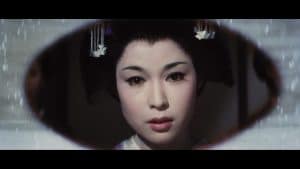 The film is set in the late 1830s. Yukitaro (Kazuo Hasegawa) is a male actor who plays female roles and his stage name is Yokinojo. Whilst in Edo, acting in a play, he notices in the audience the three men who were responsible for the death of his mother and father. He is persuaded by the Hirutaro (Raizo Ichikawa), the head of the acting troupe, to take revenge on the murderers. Yet Yukitaro decides to drive them to a ‘theatrical’ madness before killing them (he announces his revenge will be “a flamboyant performance”). Unfortunately he is emotionally sidelined by the daughter of one of the guilty men. Namiji (Ayako Wakao) is genuinely attracted to Yukitaro and desires a romance. Initially, he sees her attention as a pretence to trapping him but gradually realises that she is sincere. Yokitaro’s revenge is achieved but on the way it is challenged by erotic attraction and the self-mocking criticism of a thief Hojin (Shintaro Katsu) who is continually pursuing the actor.
The film is set in the late 1830s. Yukitaro (Kazuo Hasegawa) is a male actor who plays female roles and his stage name is Yokinojo. Whilst in Edo, acting in a play, he notices in the audience the three men who were responsible for the death of his mother and father. He is persuaded by the Hirutaro (Raizo Ichikawa), the head of the acting troupe, to take revenge on the murderers. Yet Yukitaro decides to drive them to a ‘theatrical’ madness before killing them (he announces his revenge will be “a flamboyant performance”). Unfortunately he is emotionally sidelined by the daughter of one of the guilty men. Namiji (Ayako Wakao) is genuinely attracted to Yukitaro and desires a romance. Initially, he sees her attention as a pretence to trapping him but gradually realises that she is sincere. Yokitaro’s revenge is achieved but on the way it is challenged by erotic attraction and the self-mocking criticism of a thief Hojin (Shintaro Katsu) who is continually pursuing the actor. The film is completely set in the studio, making for a superb staging of action that intensifies its heightened theatrical ‘reality.’ This is a valid Ichikawa world where performers are cunningly immersed in the idea of performance (without ever being self-consciously aware of the effect they are striving to achieve). An Actor’s Revenge then becomes an intoxicating concoction when astonishing camerawork and a jazzy, lounge-lizard soundtrack are added to the mix.
The film is completely set in the studio, making for a superb staging of action that intensifies its heightened theatrical ‘reality.’ This is a valid Ichikawa world where performers are cunningly immersed in the idea of performance (without ever being self-consciously aware of the effect they are striving to achieve). An Actor’s Revenge then becomes an intoxicating concoction when astonishing camerawork and a jazzy, lounge-lizard soundtrack are added to the mix. Dir.: Kit Monkman; Cast: Mark Rowley, Akiya Henry, Al Weaver, Dai Bradley; UK 2017, 12
Dir.: Kit Monkman; Cast: Mark Rowley, Akiya Henry, Al Weaver, Dai Bradley; UK 2017, 12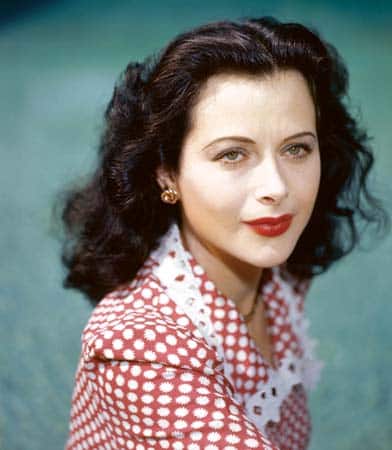

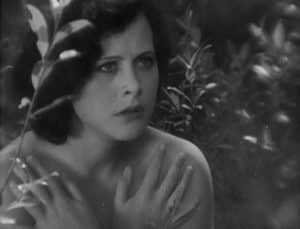
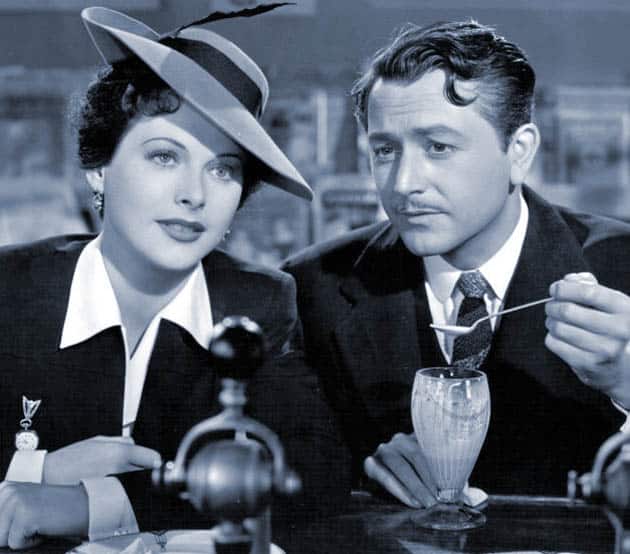
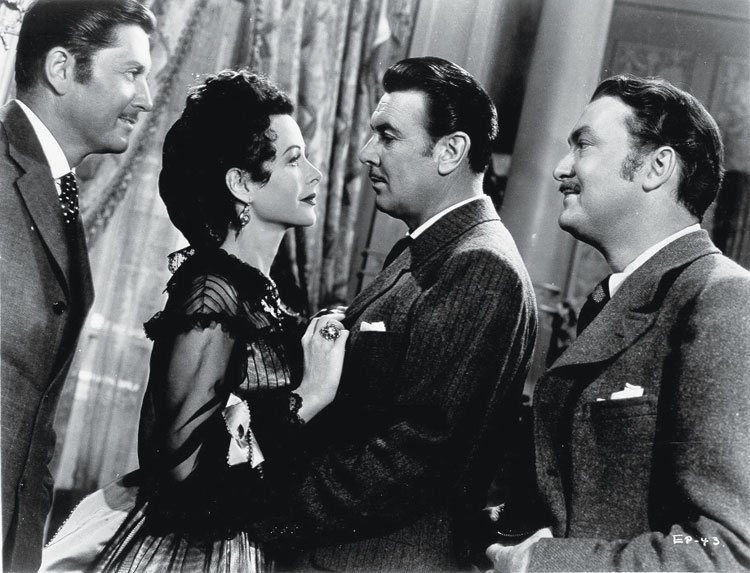

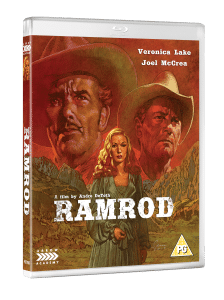 Dir: Andre De Toth | | Joel McCrea, Veronica Lake, Don Defore Western | US | 94′
Dir: Andre De Toth | | Joel McCrea, Veronica Lake, Don Defore Western | US | 94′ The Crowhurst story has spawned various theatrical and literary adaptations, and even a chamber opera: The Strange Last Voyage of Donald Crowhurst. Eric Colvin plays him in Simon Rumley’s upcoming low budget indie thriller Crowhurst which purportedly features the actual vessel that set sail in the endeavour.
The Crowhurst story has spawned various theatrical and literary adaptations, and even a chamber opera: The Strange Last Voyage of Donald Crowhurst. Eric Colvin plays him in Simon Rumley’s upcoming low budget indie thriller Crowhurst which purportedly features the actual vessel that set sail in the endeavour.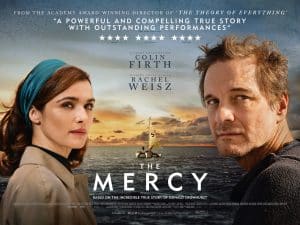 Firth is brilliantly cast as Crowhurst – blending just the right amount of pathos and self-belief in his portrait of an unsatisfactory businessman of a rather nervous disposition who can’t take pressure and lacks personal conviction (possibly due to his mother dressing him as a much wanted girl until the age of 17). His marriage is clearly happy and Rachel Weisz plays his wife as a typically supportive English rose, stalwart in her affections and a brilliant mum but rather passive and naive in a commercial sense, as most women were in the those days.
Firth is brilliantly cast as Crowhurst – blending just the right amount of pathos and self-belief in his portrait of an unsatisfactory businessman of a rather nervous disposition who can’t take pressure and lacks personal conviction (possibly due to his mother dressing him as a much wanted girl until the age of 17). His marriage is clearly happy and Rachel Weisz plays his wife as a typically supportive English rose, stalwart in her affections and a brilliant mum but rather passive and naive in a commercial sense, as most women were in the those days. Dir: J Lee Thompson | Cast: John Mills, Sylvia Syms, Anthony Quayle | UK | 122’
Dir: J Lee Thompson | Cast: John Mills, Sylvia Syms, Anthony Quayle | UK | 122’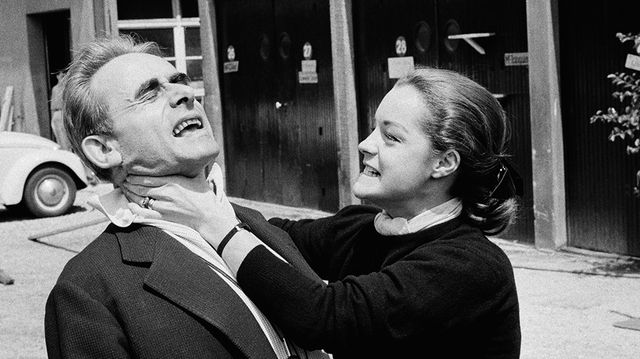
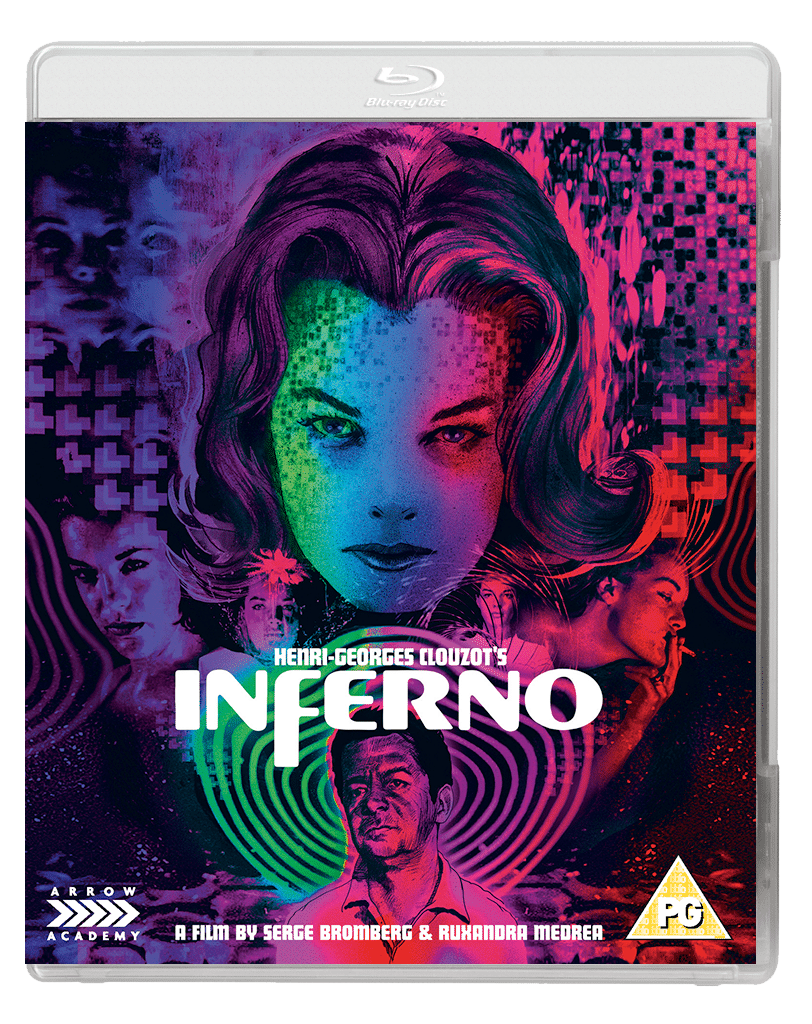
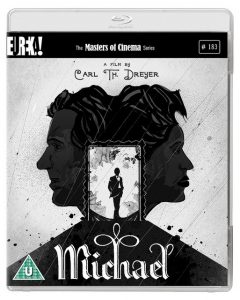 Dir: Carl Theodor Dreyer | Writer: Thea von Harbou | Silent | 90′
Dir: Carl Theodor Dreyer | Writer: Thea von Harbou | Silent | 90′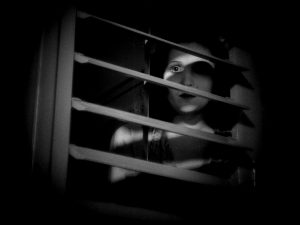 Filmed on a magnificent studio set, and in intimate close-ups where the characters often appear as if in a halo, silhouetted against the mysterious darkness, the piano accompaniment lends a sinister almost ghostly tension to the story. The meticulous camera moves with stealth drawing us in to the intrigue while maintaining an unsettling distance. Passion glows but never sizzles in Rudolph Mate and Karl Freund’s cinematography, Freund has his only role as an actor, in vignette, as an jovial art dealer. The film was scripted by Dreyer with Fritz Lang’s wife, Thea von Harbou (Metropolis, M), based on Herman Bang’s 1902 novel
Filmed on a magnificent studio set, and in intimate close-ups where the characters often appear as if in a halo, silhouetted against the mysterious darkness, the piano accompaniment lends a sinister almost ghostly tension to the story. The meticulous camera moves with stealth drawing us in to the intrigue while maintaining an unsettling distance. Passion glows but never sizzles in Rudolph Mate and Karl Freund’s cinematography, Freund has his only role as an actor, in vignette, as an jovial art dealer. The film was scripted by Dreyer with Fritz Lang’s wife, Thea von Harbou (Metropolis, M), based on Herman Bang’s 1902 novel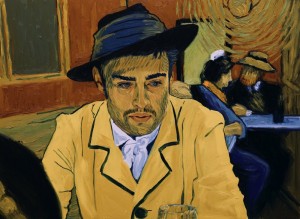 Dir: Dorota Kobiela, Hugh Welchman | With Douglas Booth, Jerome Flynn, Robert Gulaczyk, Helen McCrory, John Sessions, Eleanor Tomlinson, Aidan Turner, Chris O’Dowd | Animated Biography | Poland | UK | 94′
Dir: Dorota Kobiela, Hugh Welchman | With Douglas Booth, Jerome Flynn, Robert Gulaczyk, Helen McCrory, John Sessions, Eleanor Tomlinson, Aidan Turner, Chris O’Dowd | Animated Biography | Poland | UK | 94′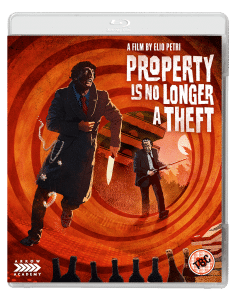 Dir: Elio Petri | Writer: Ugo Pirri | Cast: Ugo Tognazzi, Flavio Bucci, Daria Nicolodi | Italy | Comedy Drama 126′
Dir: Elio Petri | Writer: Ugo Pirri | Cast: Ugo Tognazzi, Flavio Bucci, Daria Nicolodi | Italy | Comedy Drama 126′
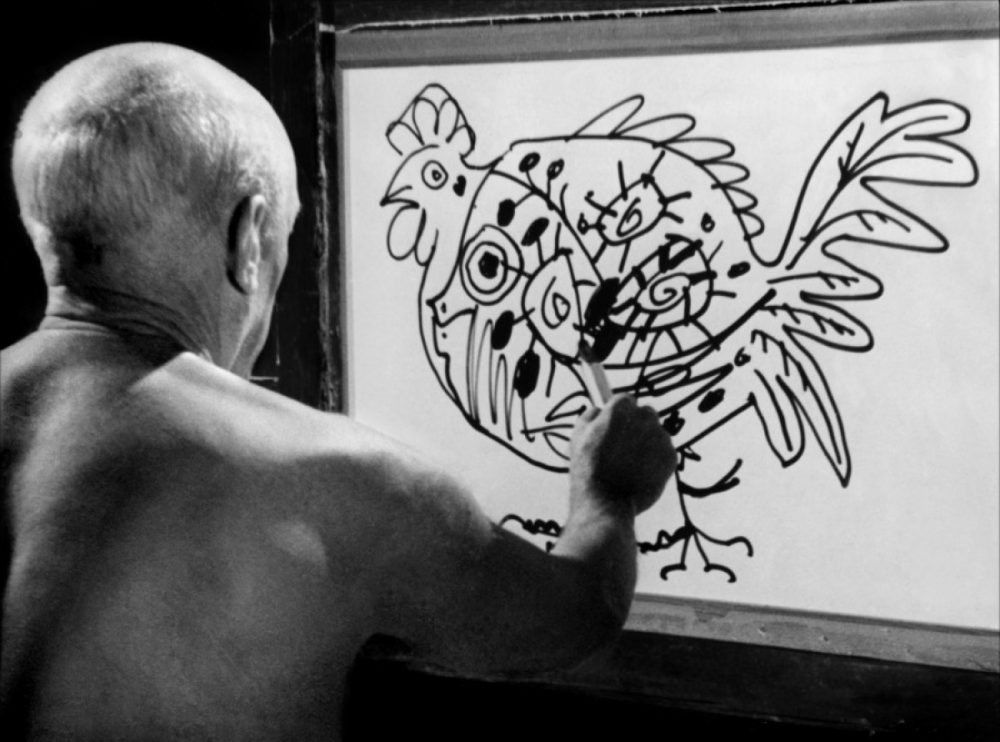

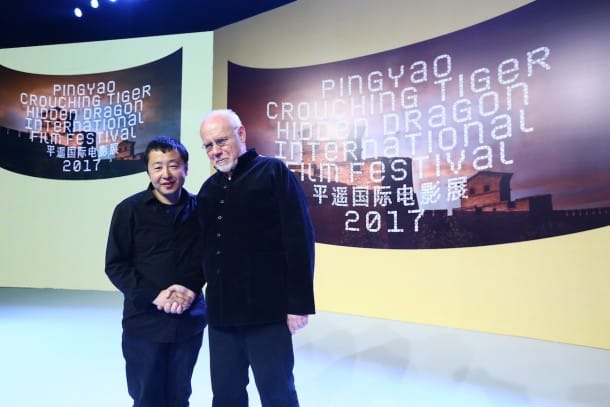

 Dir.: Francis Lee; Cast: Josh O’Connor, Alec Secareanu, Gemma Jones, Ian Hart; UK 2017, 104 min.
Dir.: Francis Lee; Cast: Josh O’Connor, Alec Secareanu, Gemma Jones, Ian Hart; UK 2017, 104 min.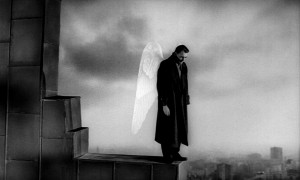 Wim Wenders’ prize-winning classic Der Himmel über Berlin (Wings of Desire, Federal Republic of Germany / France 1987) returns to the screen in a new, digitally restored 4K DCP version. Two guardian angels keep watch over Berlin, until one of them falls in love with a mortal woman. He chooses to become human, giving up his immortality, and an entirely new world is revealed to him. The film was shot on both black-and-white and colour stock. At the time, that required several additional steps in the lab in order to produce a final colour negative, which was several generations removed from the camera negatives. This version, restored by the Wim Wenders Foundation, is based on the original negatives;
Wim Wenders’ prize-winning classic Der Himmel über Berlin (Wings of Desire, Federal Republic of Germany / France 1987) returns to the screen in a new, digitally restored 4K DCP version. Two guardian angels keep watch over Berlin, until one of them falls in love with a mortal woman. He chooses to become human, giving up his immortality, and an entirely new world is revealed to him. The film was shot on both black-and-white and colour stock. At the time, that required several additional steps in the lab in order to produce a final colour negative, which was several generations removed from the camera negatives. This version, restored by the Wim Wenders Foundation, is based on the original negatives; Az én XX. századom (My 20th Century, Hungary / Federal Republic of Germany 1989), the feature debut of the winner of the 2017 Golden Bear, Ildikó Enyedi, is a complex, poetic fairy tale, and an homage to silent movies. Shot in black-and-white, the film follows the very different live of identical twins in Old Europe at the dawn of the 20th century. Using the original camera negative and the magnetic sound track, the film was digitally restored in 4K by the Hungarian National Film Fund – Hungarian National Film Archive, working with Hungarian Filmlab. Cinematographer Tibor Máthé (HSC – Hungarian Society of Cinematographers) supervised the digital grading.
Az én XX. századom (My 20th Century, Hungary / Federal Republic of Germany 1989), the feature debut of the winner of the 2017 Golden Bear, Ildikó Enyedi, is a complex, poetic fairy tale, and an homage to silent movies. Shot in black-and-white, the film follows the very different live of identical twins in Old Europe at the dawn of the 20th century. Using the original camera negative and the magnetic sound track, the film was digitally restored in 4K by the Hungarian National Film Fund – Hungarian National Film Archive, working with Hungarian Filmlab. Cinematographer Tibor Máthé (HSC – Hungarian Society of Cinematographers) supervised the digital grading.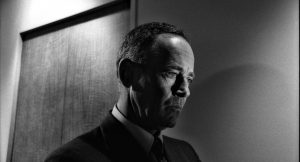 Source: Sony Pictures Entertainment, © Columbia Pictures Corporation Inc.
Source: Sony Pictures Entertainment, © Columbia Pictures Corporation Inc.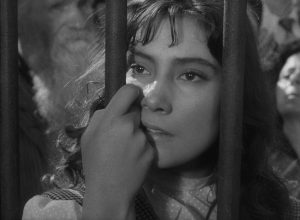 Letyat Zhuravli (The Cranes Are Flying, USSR 1957) by Mikhail Kalatozov was Soviet cinema’s first international hit after World War II. Made during the period of liberalisation that followed Joseph Stalin’s death, this unusual black-and-white film’s expressionist images tell the tragic story of two lovers after Germany’s invasion of the Soviet Union. The film brought international fame to Mikhail Kalatozov and his lead actress, Tatiana Samoilova. Letyat Zhuravli was restored by Mosfilm under the leadership of general director Karen Shakhnazarov. The ditigal 2K restoration, on the basis of the original negative, was supervised by the head of restoration Igor Bogdasarov.
Letyat Zhuravli (The Cranes Are Flying, USSR 1957) by Mikhail Kalatozov was Soviet cinema’s first international hit after World War II. Made during the period of liberalisation that followed Joseph Stalin’s death, this unusual black-and-white film’s expressionist images tell the tragic story of two lovers after Germany’s invasion of the Soviet Union. The film brought international fame to Mikhail Kalatozov and his lead actress, Tatiana Samoilova. Letyat Zhuravli was restored by Mosfilm under the leadership of general director Karen Shakhnazarov. The ditigal 2K restoration, on the basis of the original negative, was supervised by the head of restoration Igor Bogdasarov. With Tokyo Boshoku (Tokyo Twilight, Japan 1957), Berlinale Classics will provide a rare opportunity to see a largely unknown and seldom shown work by Yasujiro Ozu. The theme of the end of a family living together is one that Japanese directing maestro Yasujiro Ozu often reworks, and here he has given it a dramatic twist. In wintery Tokyo, a family’s silence leads to its breakdown. Tokyo Boshoku, considered Ozu’s most sombre post-war film, was digitally restored in 4K on the basis of the 35mm duplicate negative provided by the Japanese production company Shochiku, managed by Shochiku MediaWorX Inc. Colour correction was led by Ozu’s former assistant cameraman Takashi Kawamata and cinematographer Masashi Chikamori.
With Tokyo Boshoku (Tokyo Twilight, Japan 1957), Berlinale Classics will provide a rare opportunity to see a largely unknown and seldom shown work by Yasujiro Ozu. The theme of the end of a family living together is one that Japanese directing maestro Yasujiro Ozu often reworks, and here he has given it a dramatic twist. In wintery Tokyo, a family’s silence leads to its breakdown. Tokyo Boshoku, considered Ozu’s most sombre post-war film, was digitally restored in 4K on the basis of the 35mm duplicate negative provided by the Japanese production company Shochiku, managed by Shochiku MediaWorX Inc. Colour correction was led by Ozu’s former assistant cameraman Takashi Kawamata and cinematographer Masashi Chikamori.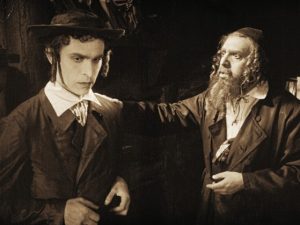 The Berlinale Classics section will open on February 16, 2018, at 5 pm in the Friedrichstadt-Palast with the premiere of the Deutsche Kinemathek’s digital restoration of the 1923 silent film classic Das alte Gesetz (The Ancient Law) directed by E.A. Dupont. ZDF/ARTE commissioned French composer Philippe Schoeller to create new music for this version, which will be presented by the Orchester Jakobsplatz München with Daniel Grossmann at the podium.
The Berlinale Classics section will open on February 16, 2018, at 5 pm in the Friedrichstadt-Palast with the premiere of the Deutsche Kinemathek’s digital restoration of the 1923 silent film classic Das alte Gesetz (The Ancient Law) directed by E.A. Dupont. ZDF/ARTE commissioned French composer Philippe Schoeller to create new music for this version, which will be presented by the Orchester Jakobsplatz München with Daniel Grossmann at the podium. French directing duo Alexandre Bustillo and Julien Maury, who rose to fame with their standout debut Inside, have done their best to give an arthouse twist to Tobe Hooper’s 1974 cult original TCM replacing his pared-down grainy indie look with a grungy green-sheened shocker, blunting facial features and darkening scenes of gory violence and misogyny. It’s a tolerably decent adaptation which echoes Malick’s Badlands.
French directing duo Alexandre Bustillo and Julien Maury, who rose to fame with their standout debut Inside, have done their best to give an arthouse twist to Tobe Hooper’s 1974 cult original TCM replacing his pared-down grainy indie look with a grungy green-sheened shocker, blunting facial features and darkening scenes of gory violence and misogyny. It’s a tolerably decent adaptation which echoes Malick’s Badlands.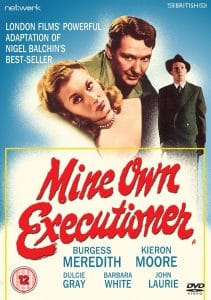 Dir: Anthony Kimmins | Writer: Nigel Balchin | Psychological Drama | UK | Burgess Meredith, Barbara White, Kieron Moore, Dulcie Gray
Dir: Anthony Kimmins | Writer: Nigel Balchin | Psychological Drama | UK | Burgess Meredith, Barbara White, Kieron Moore, Dulcie Gray

